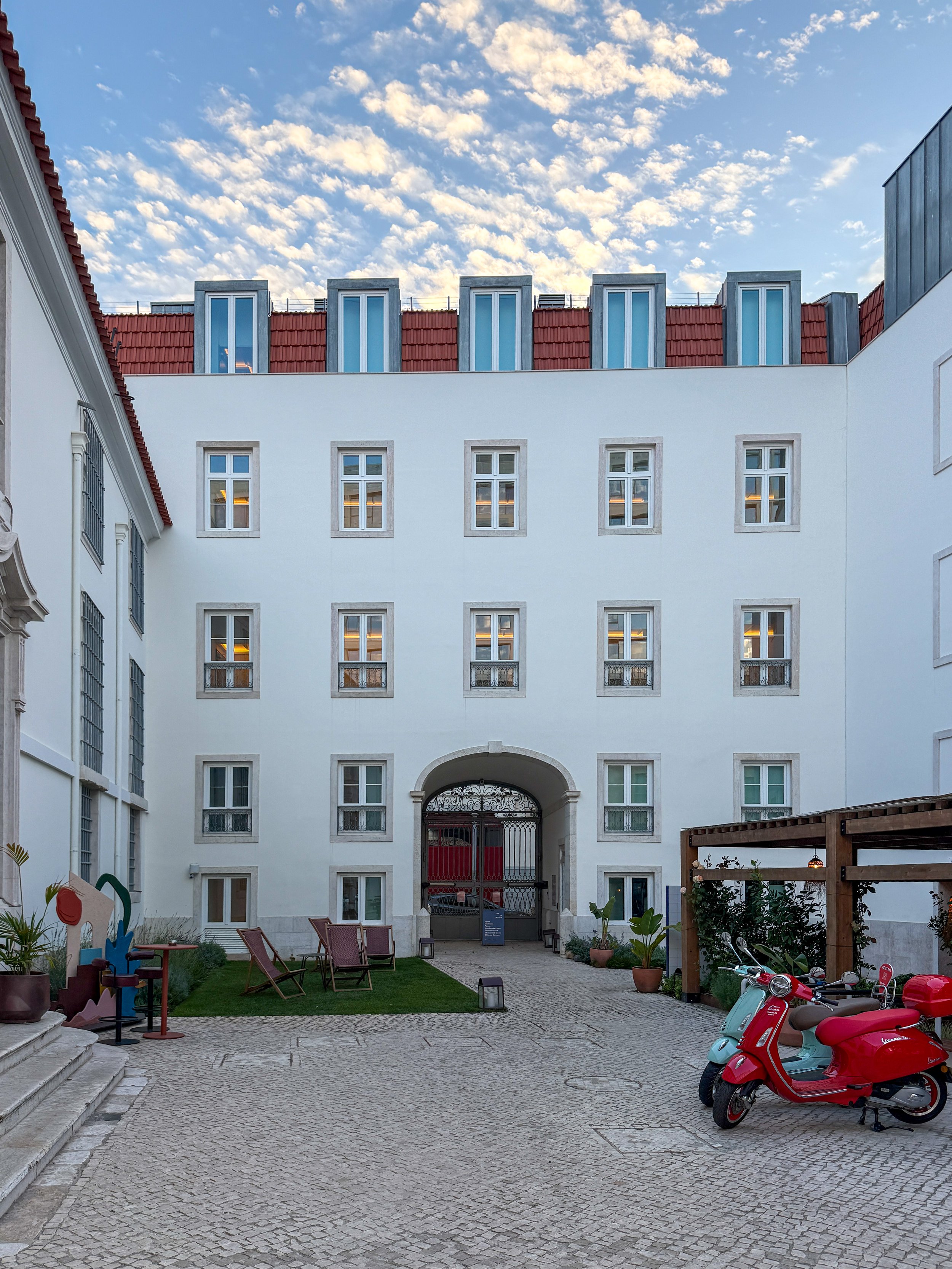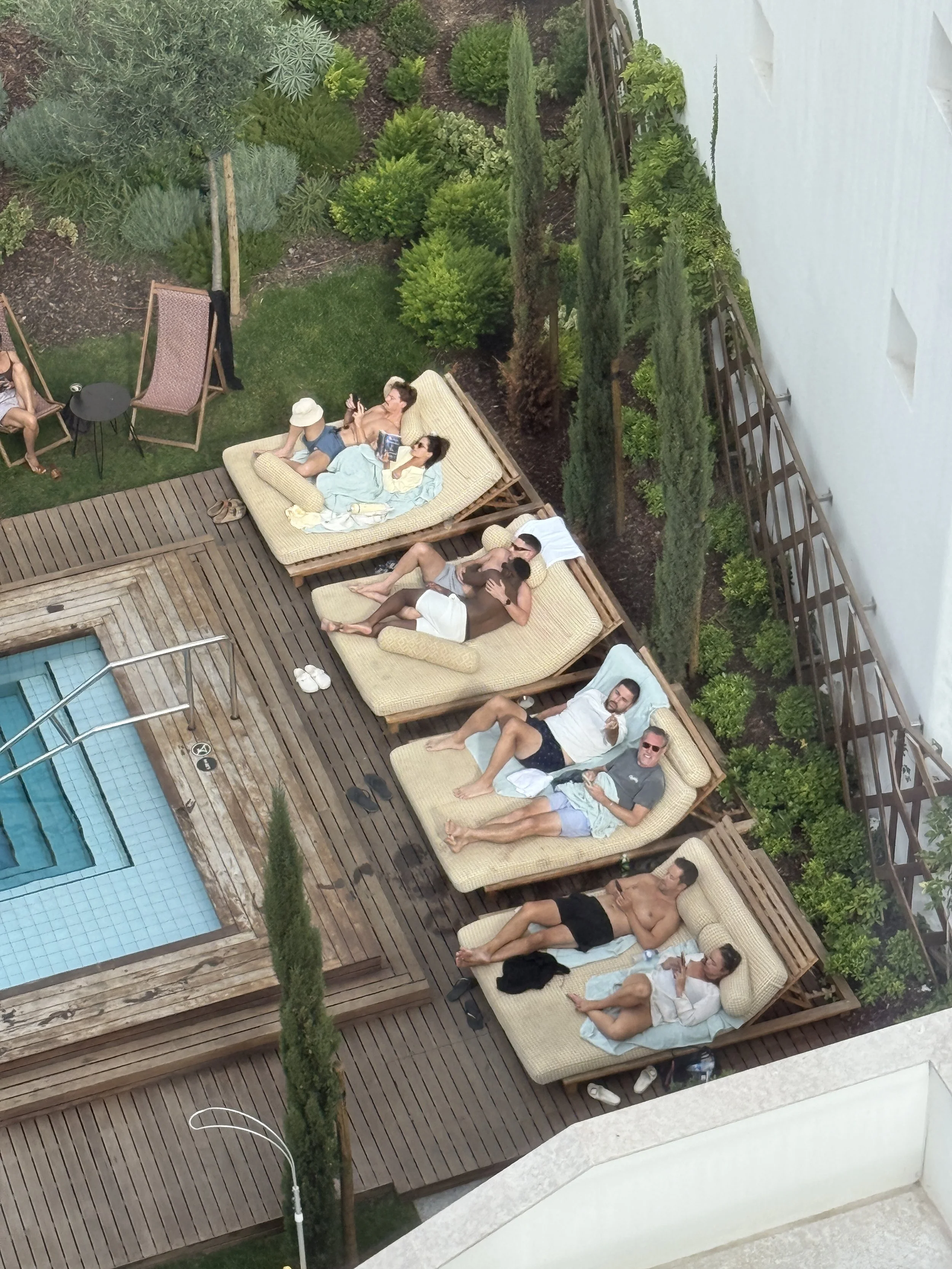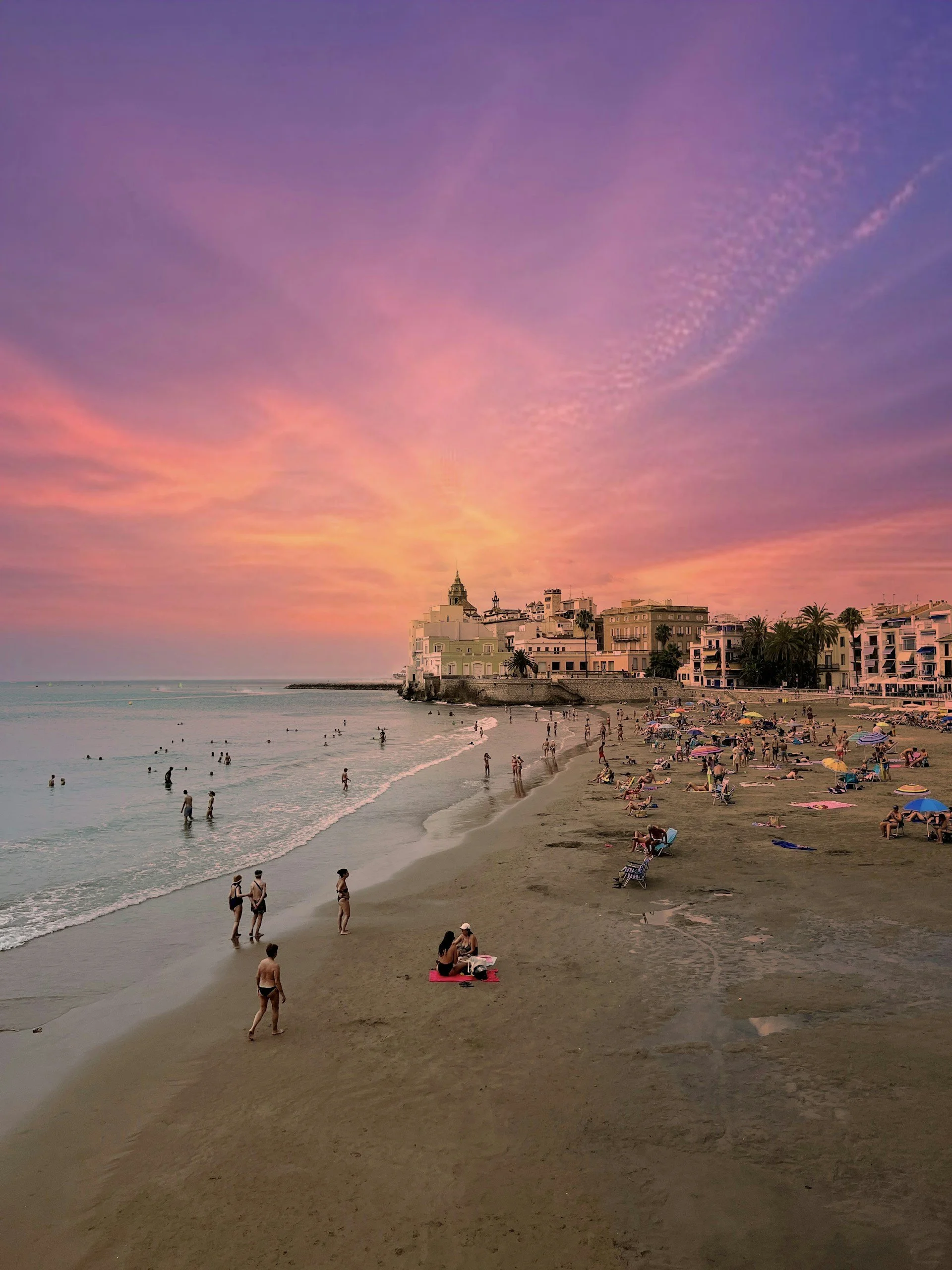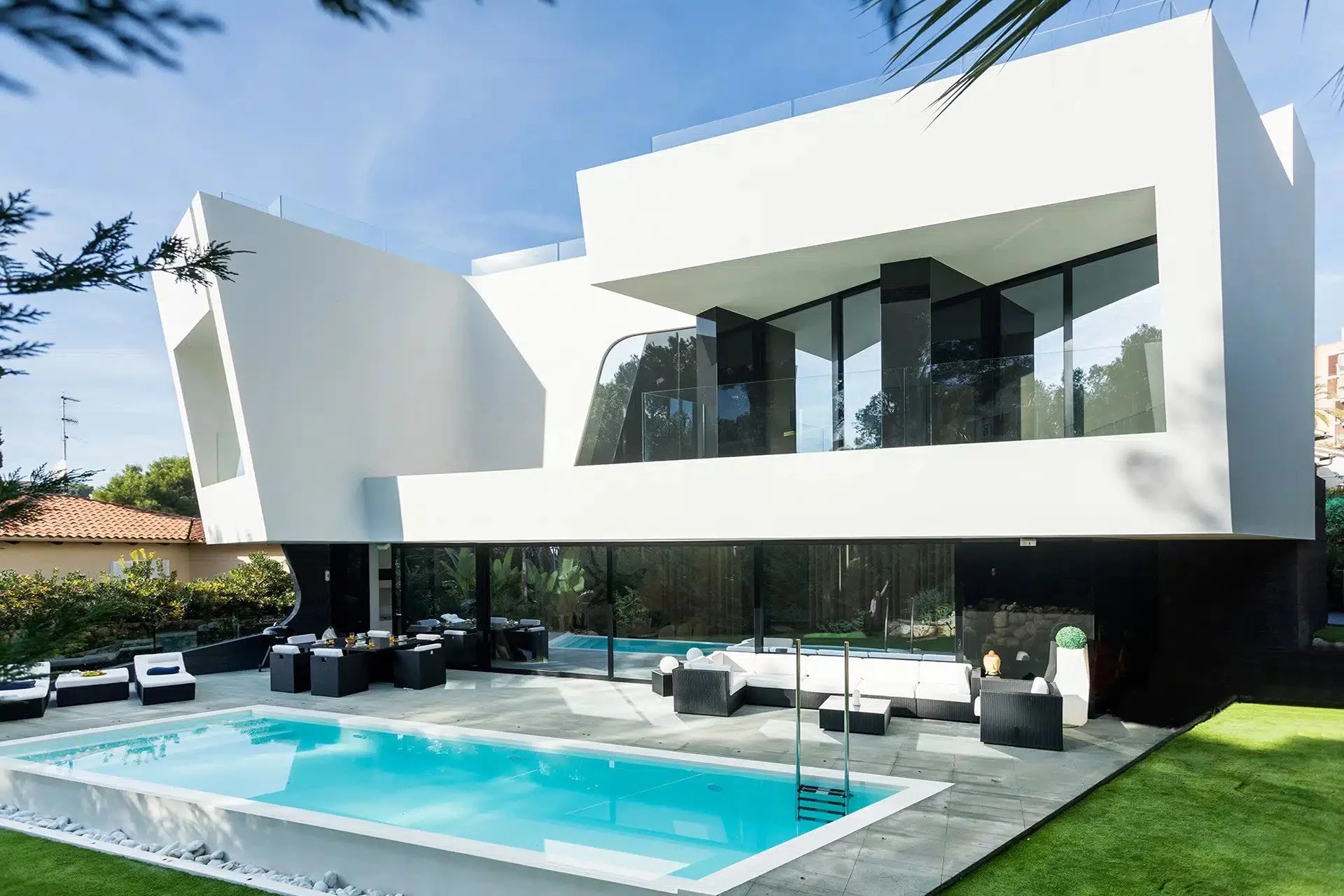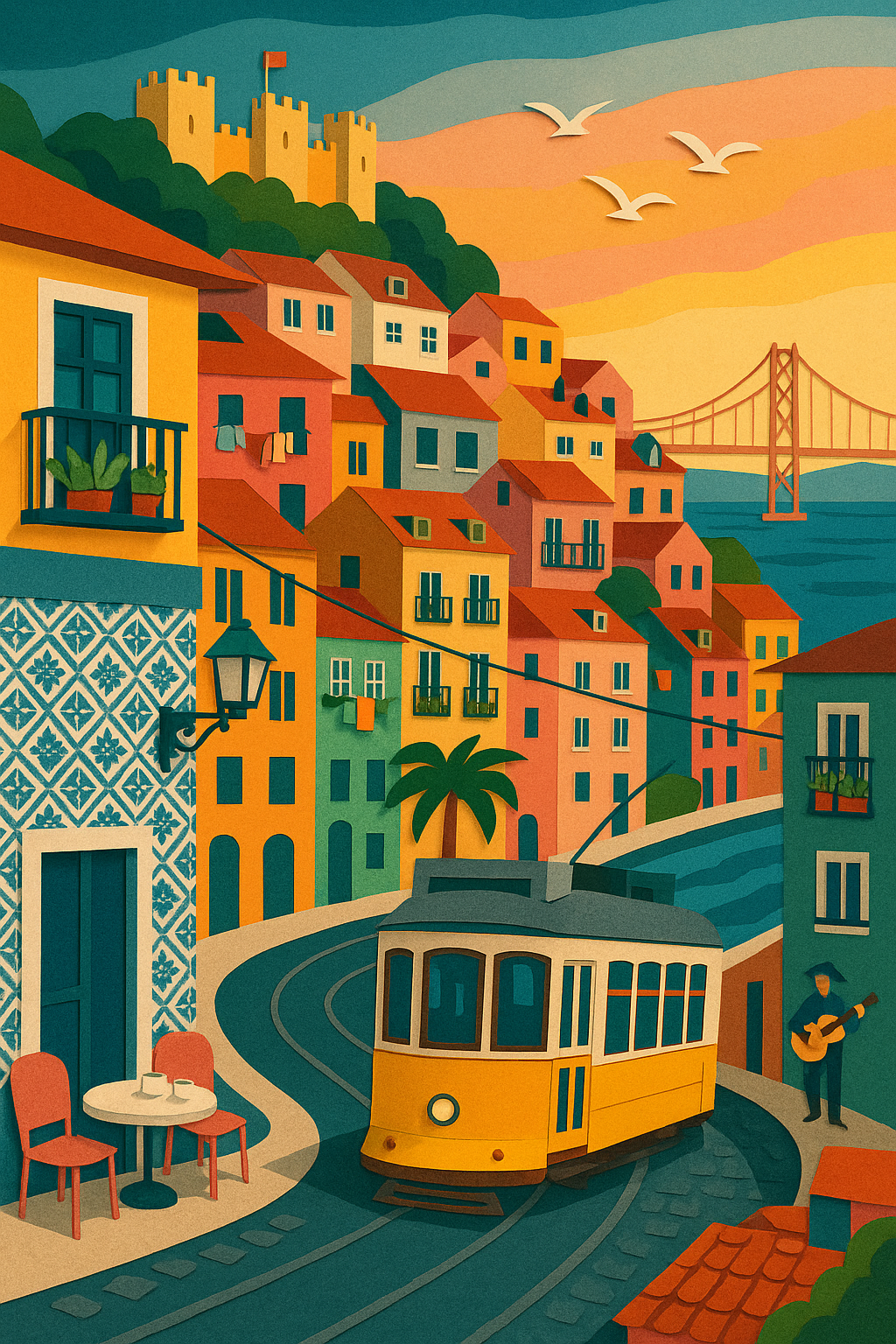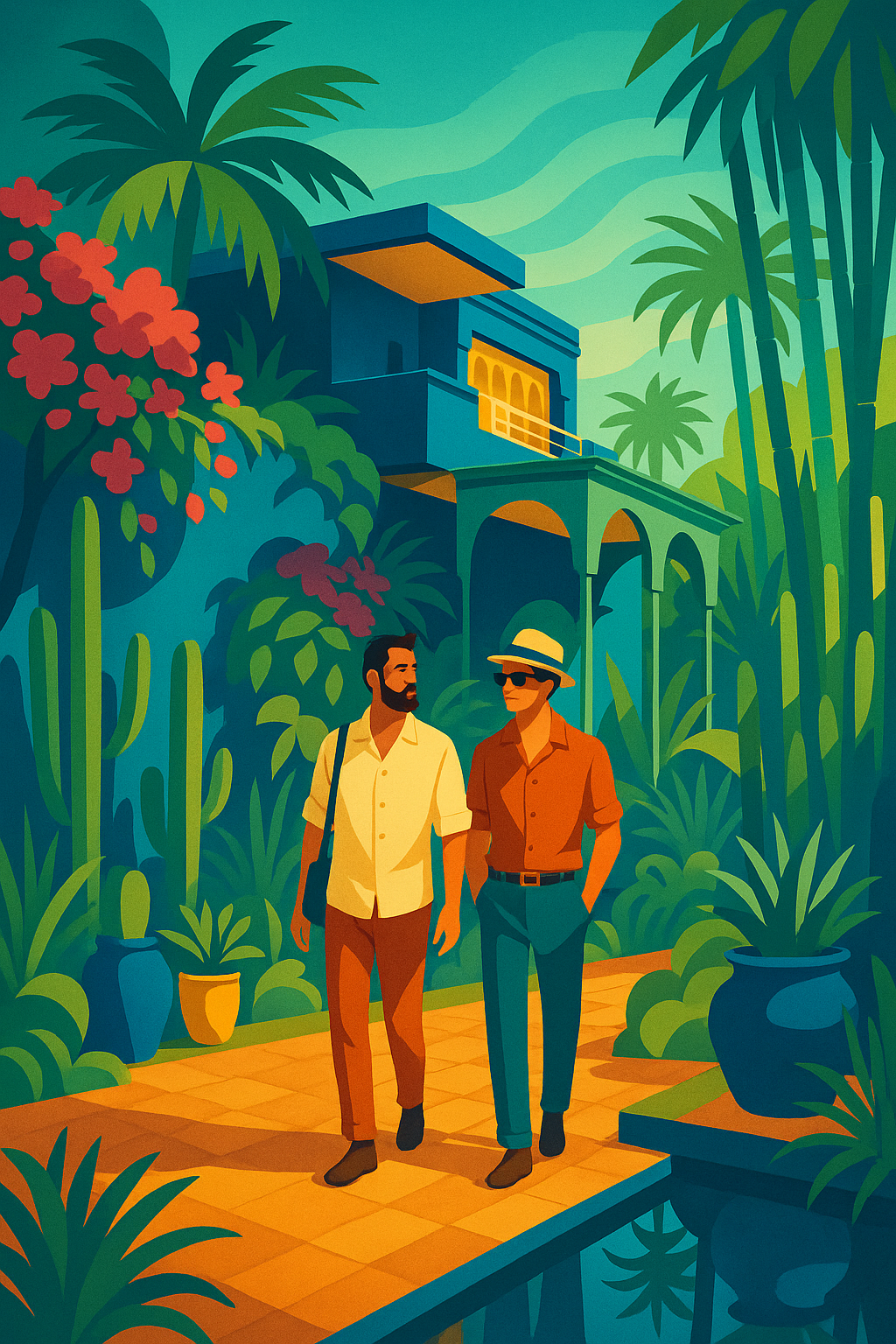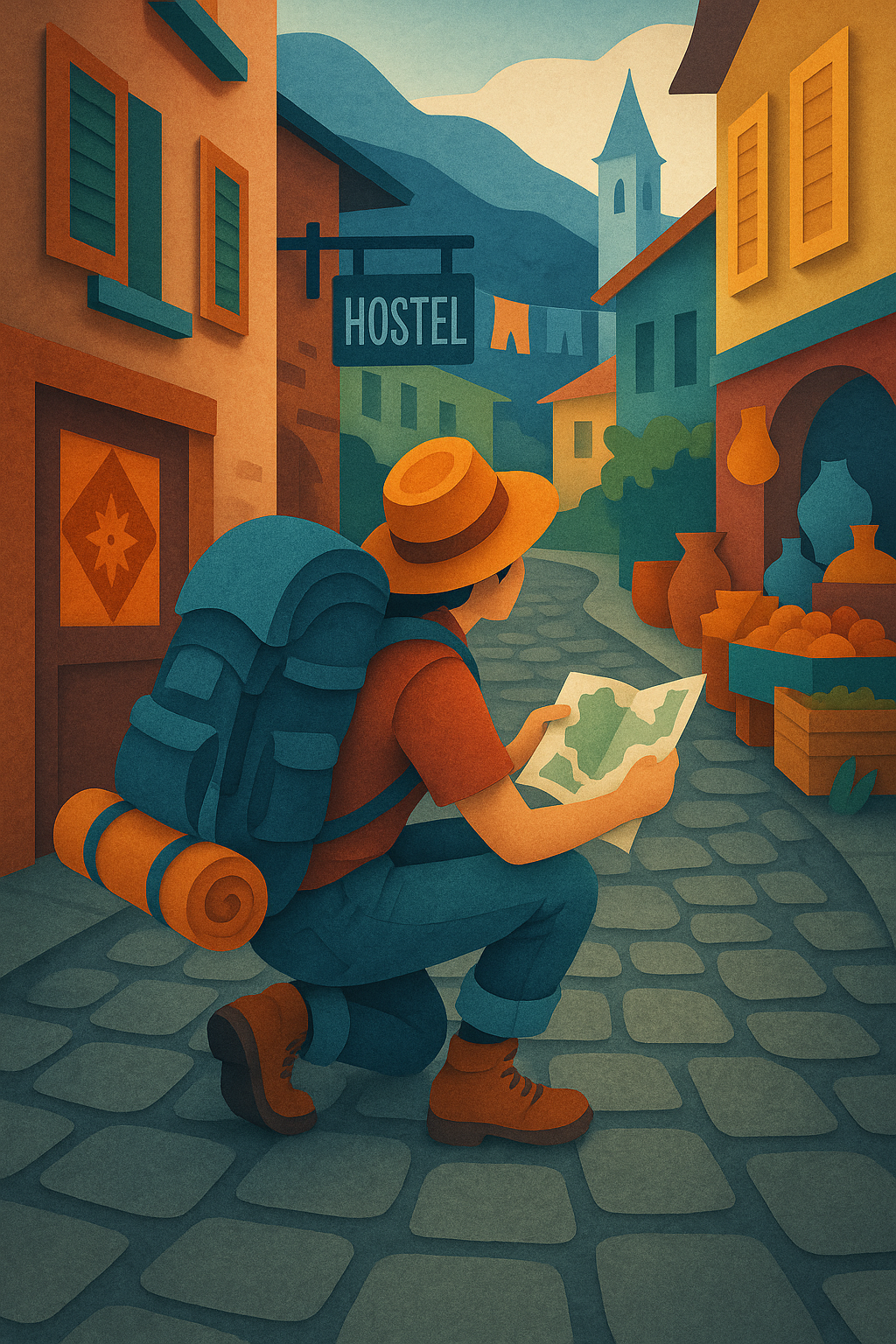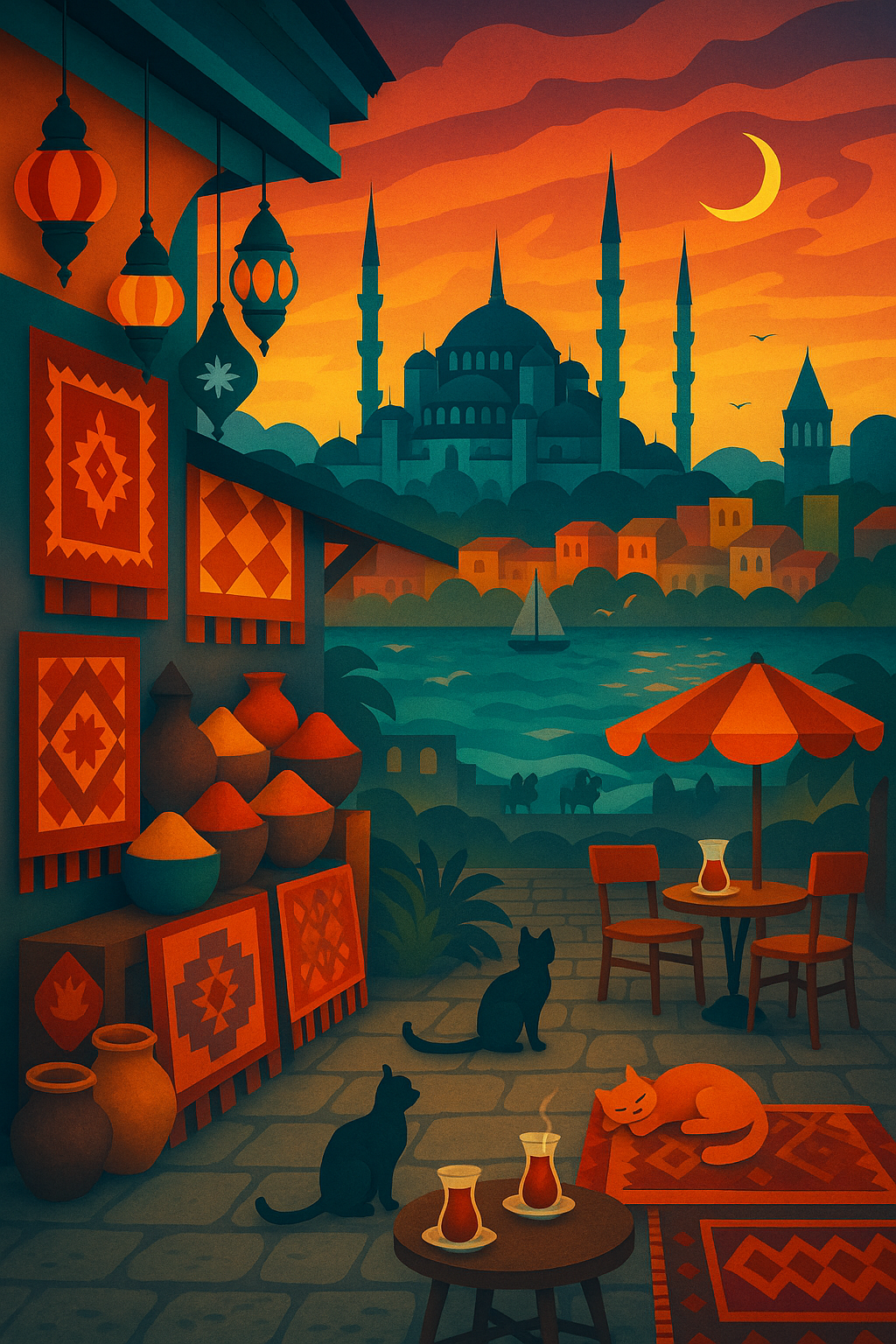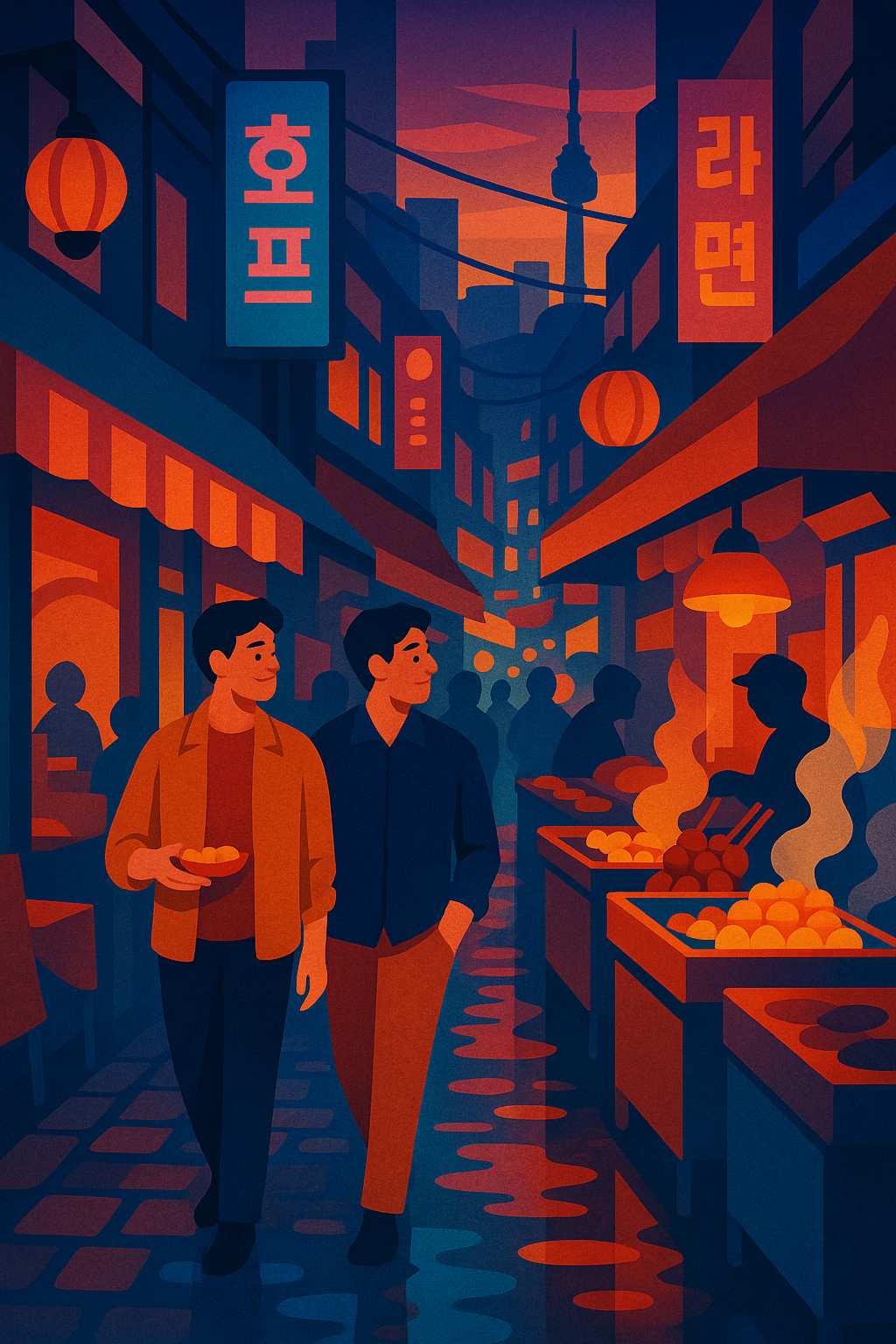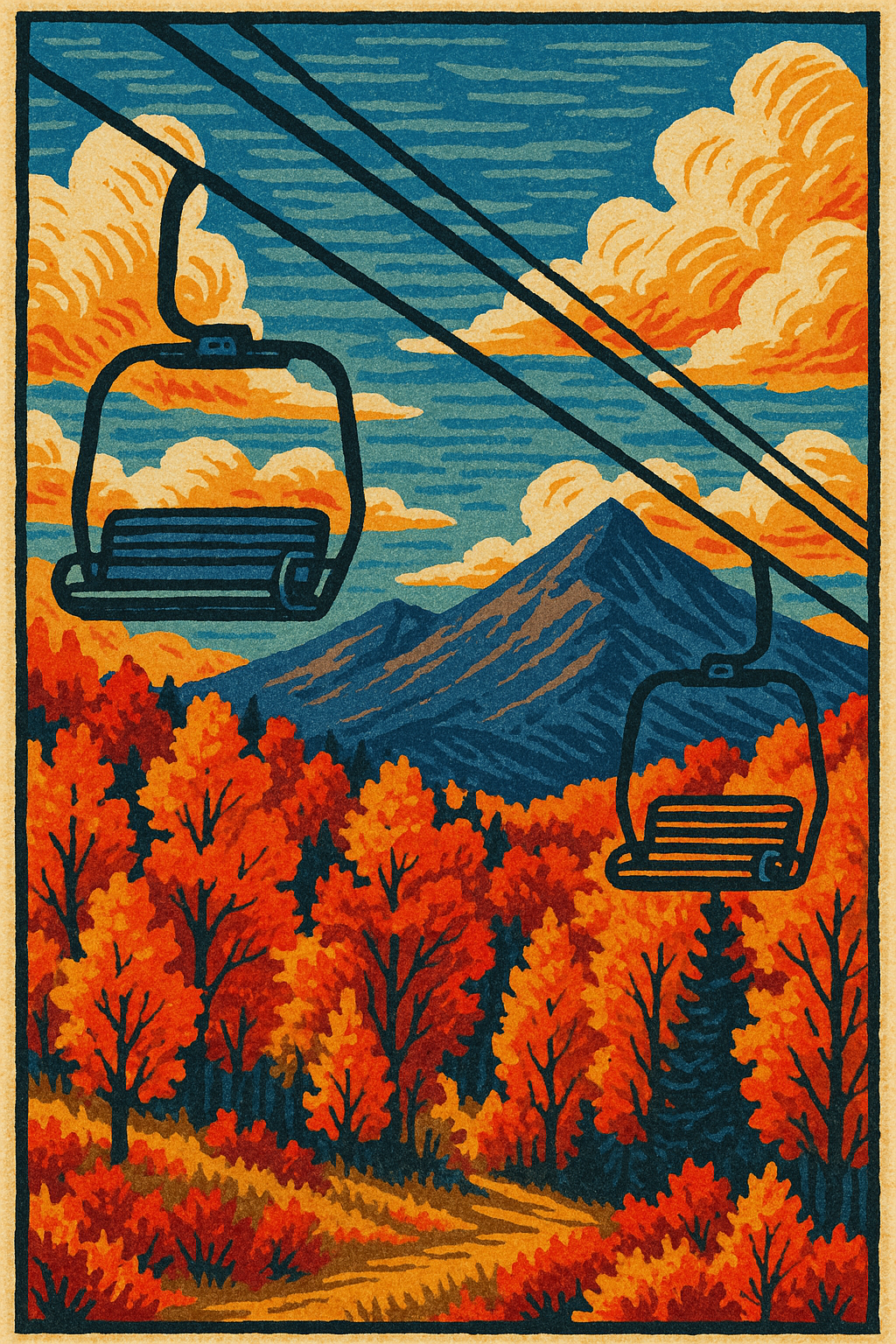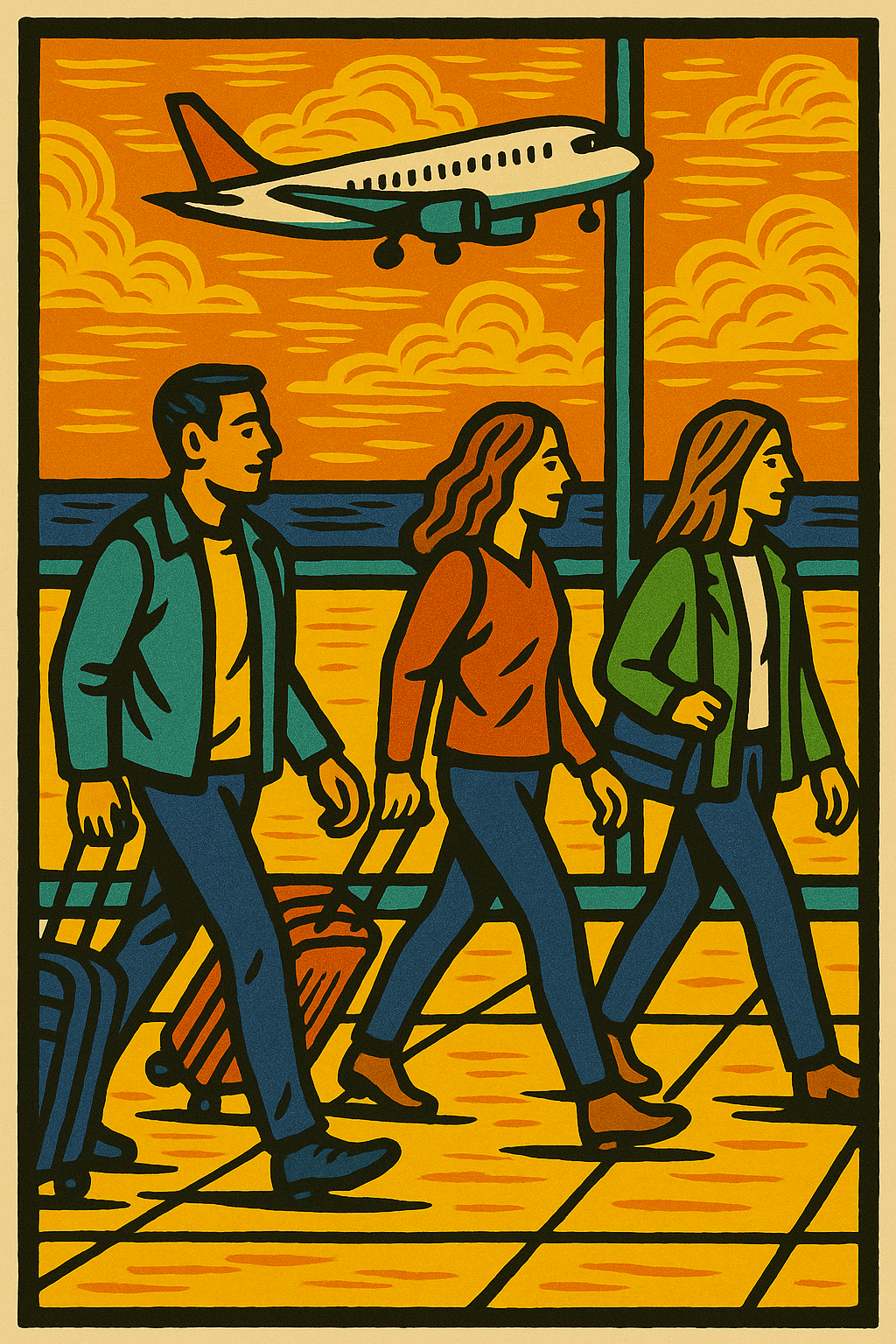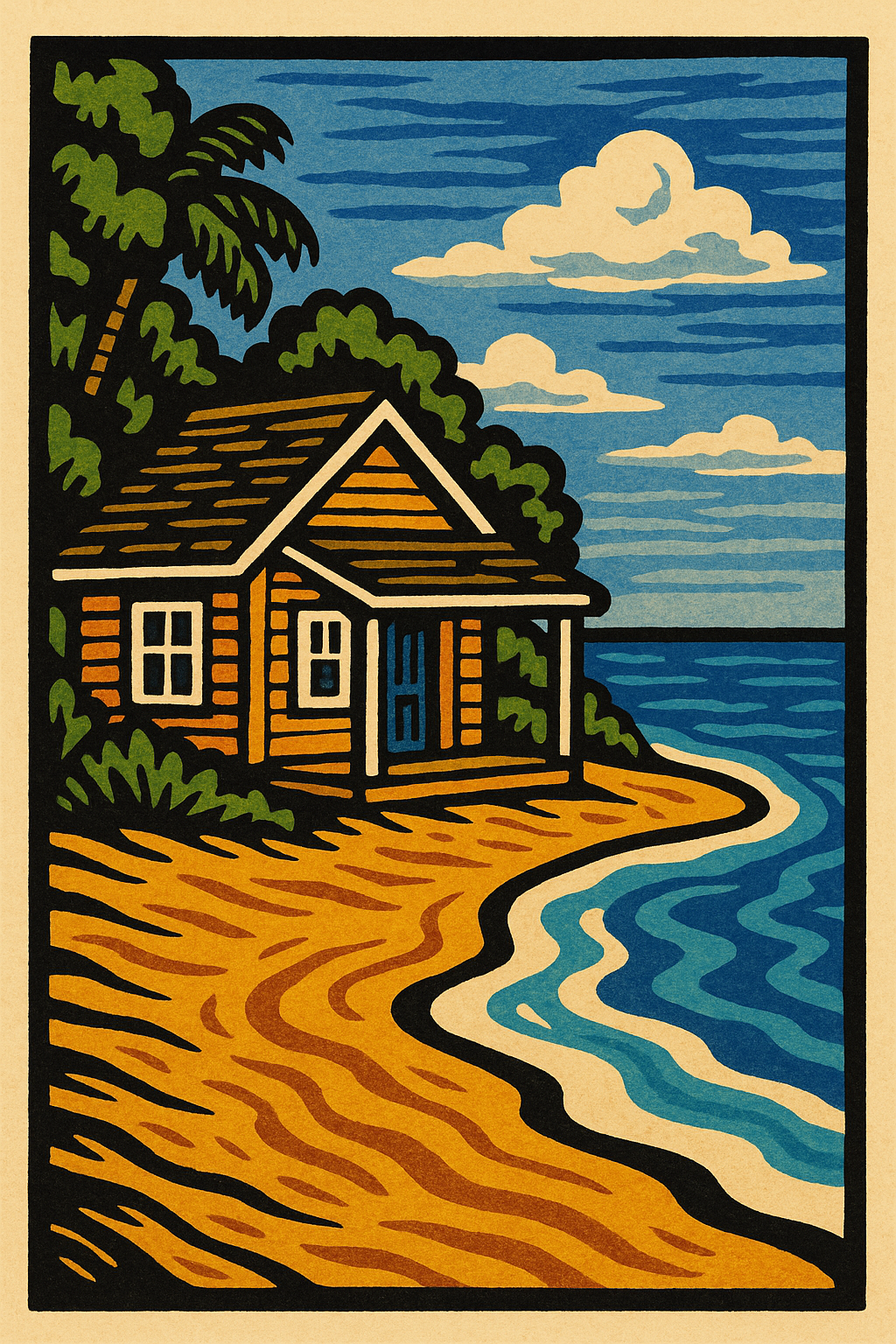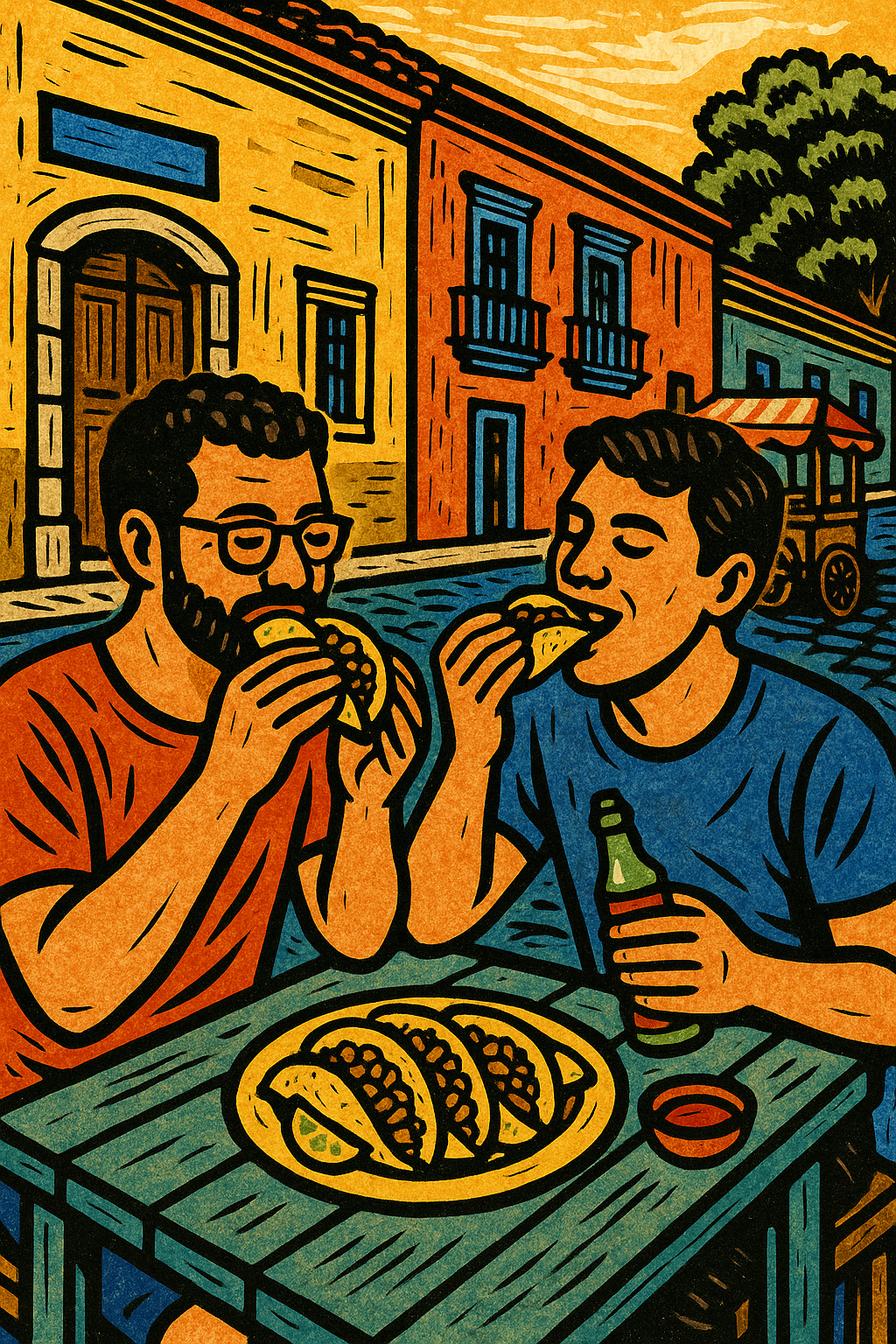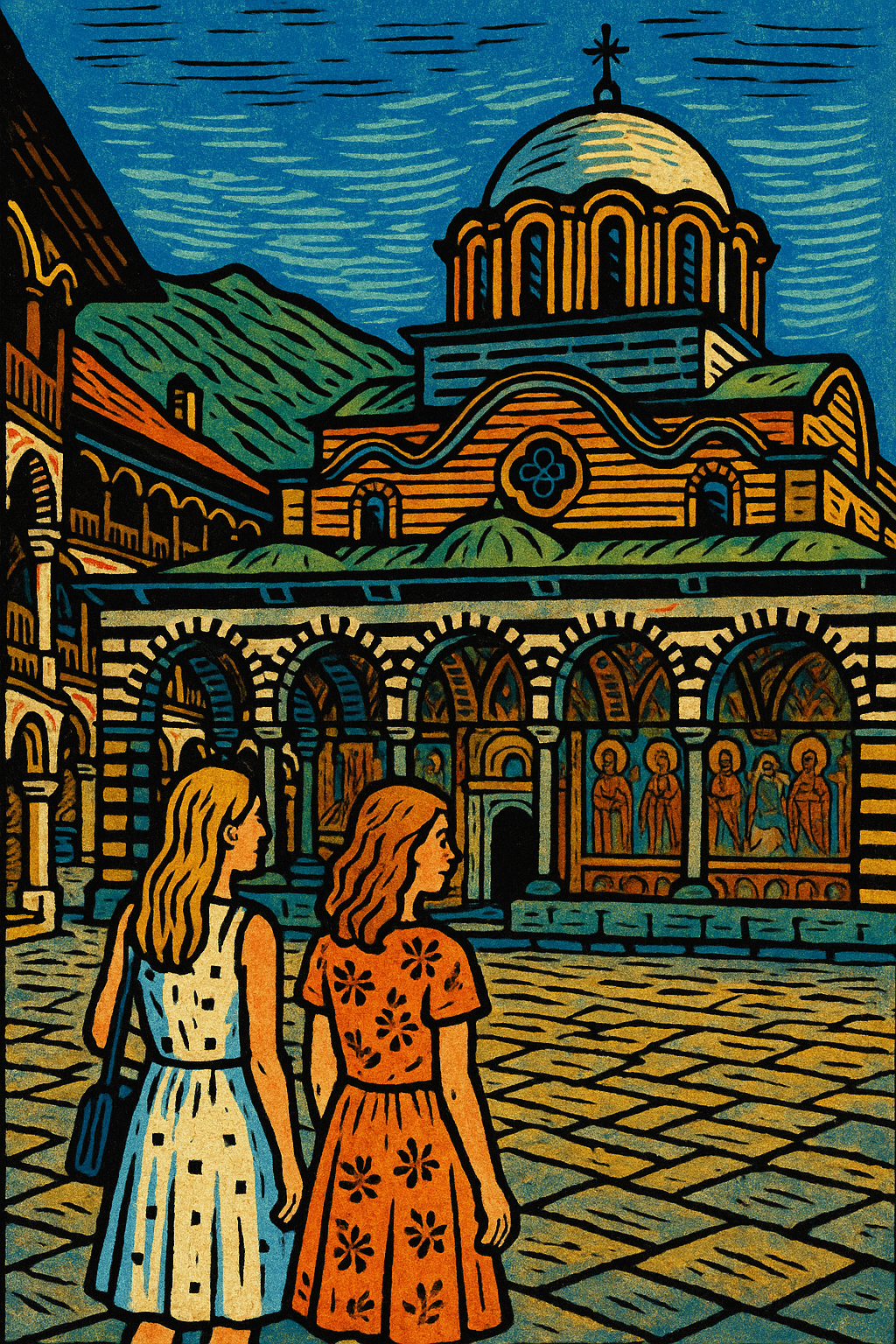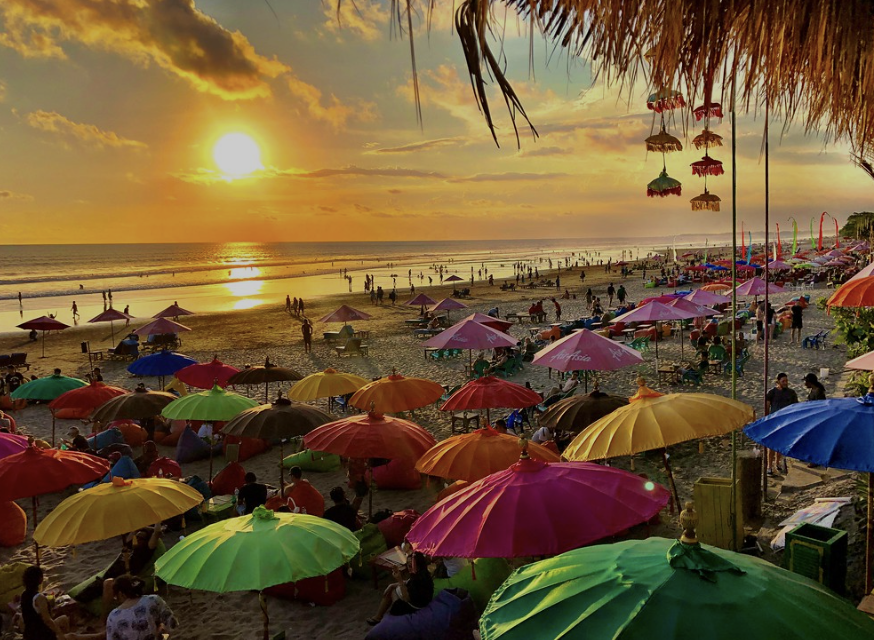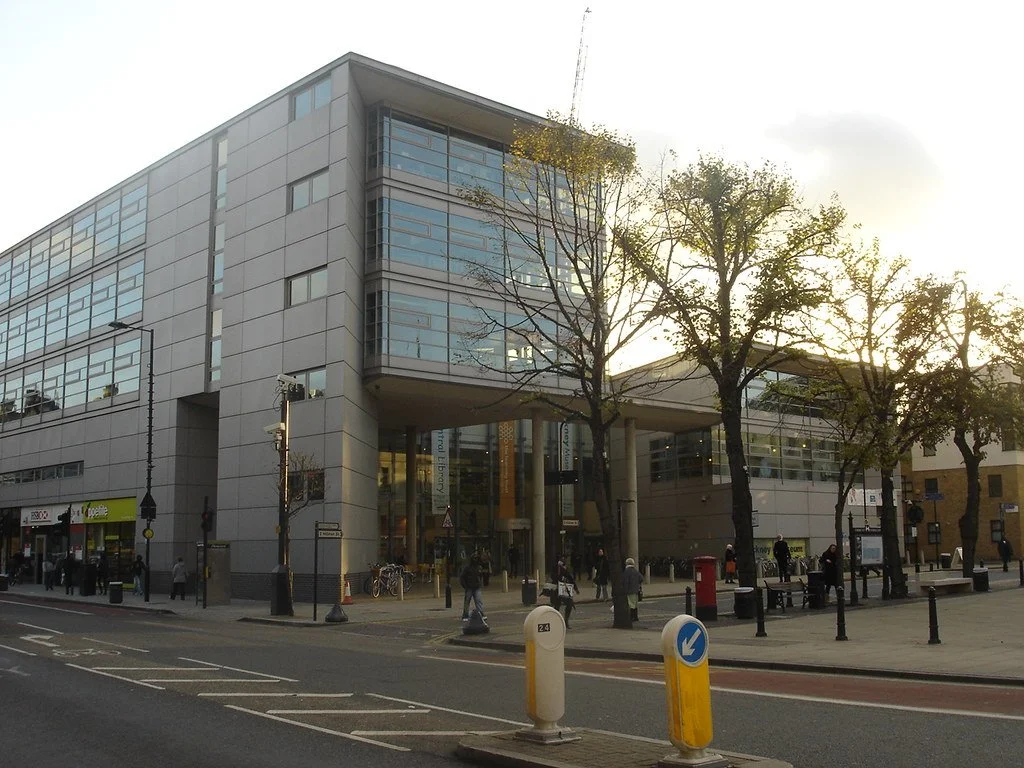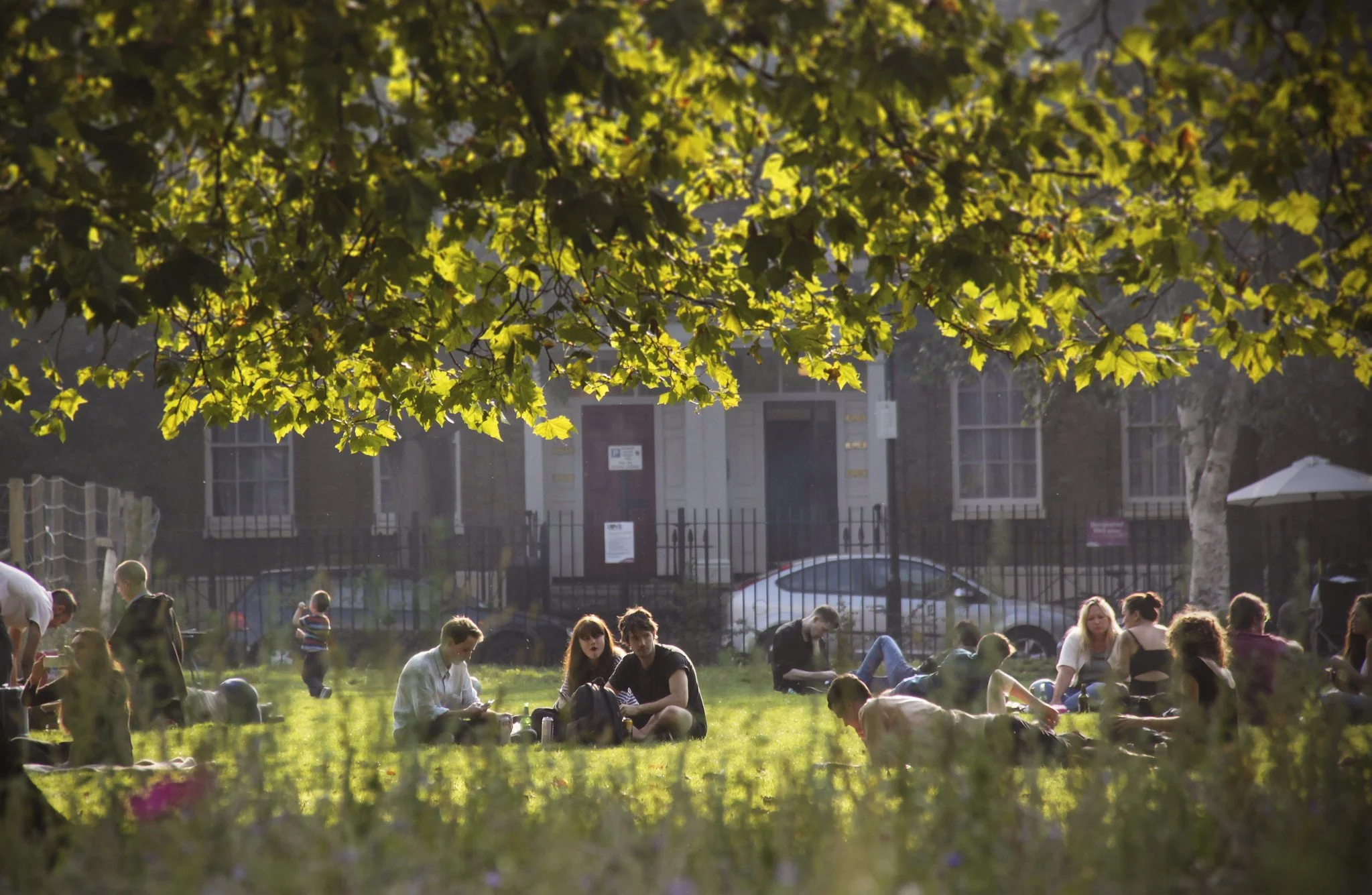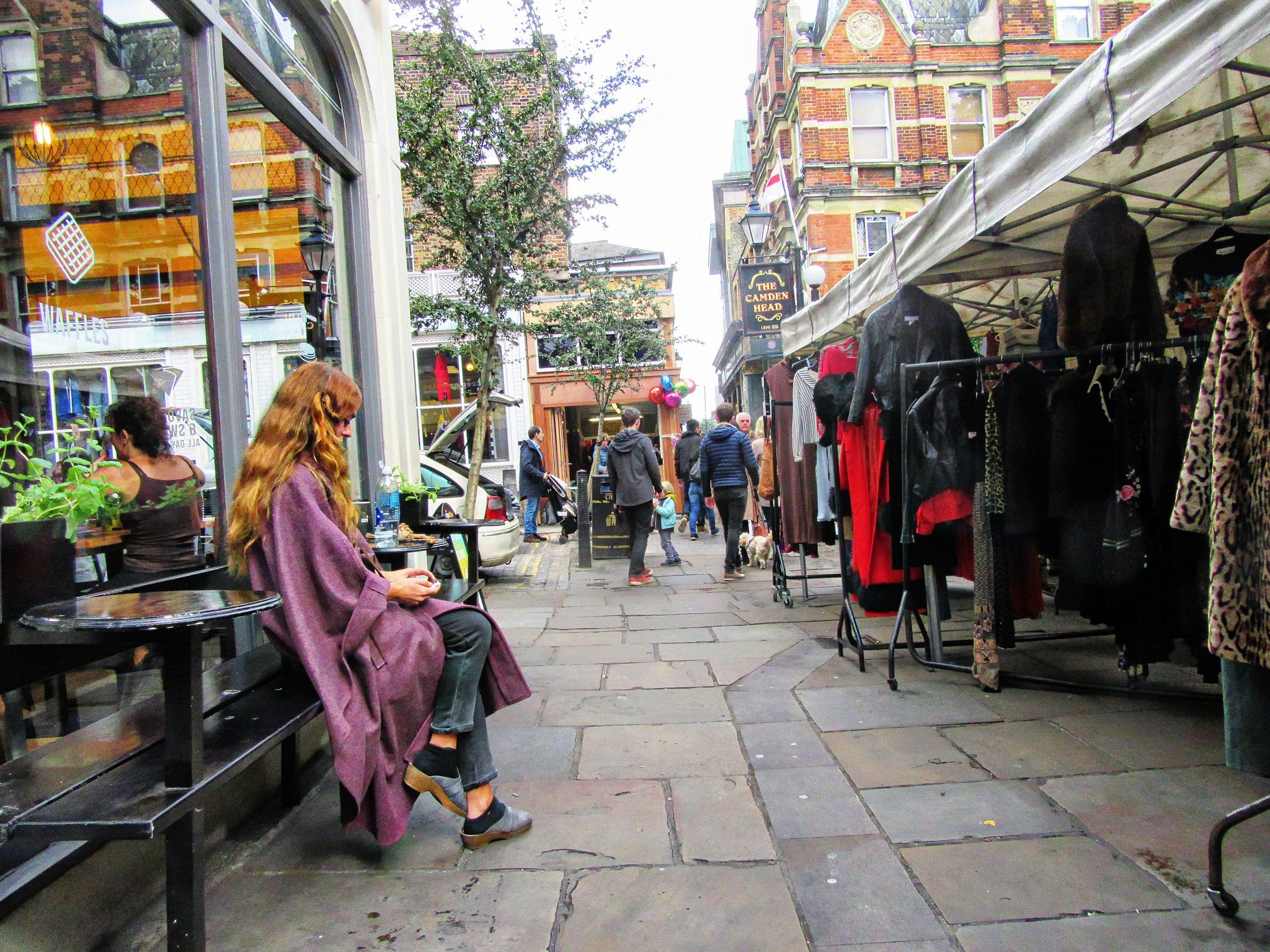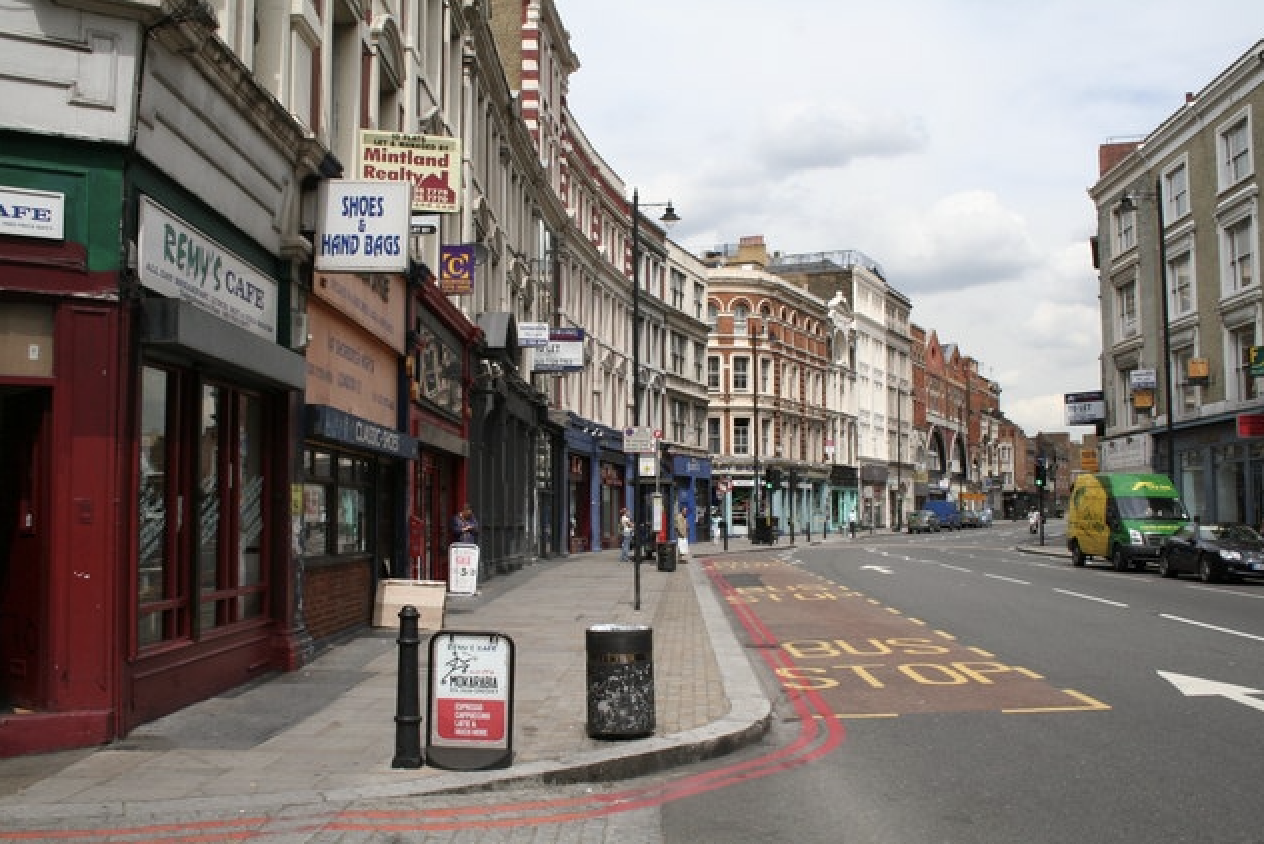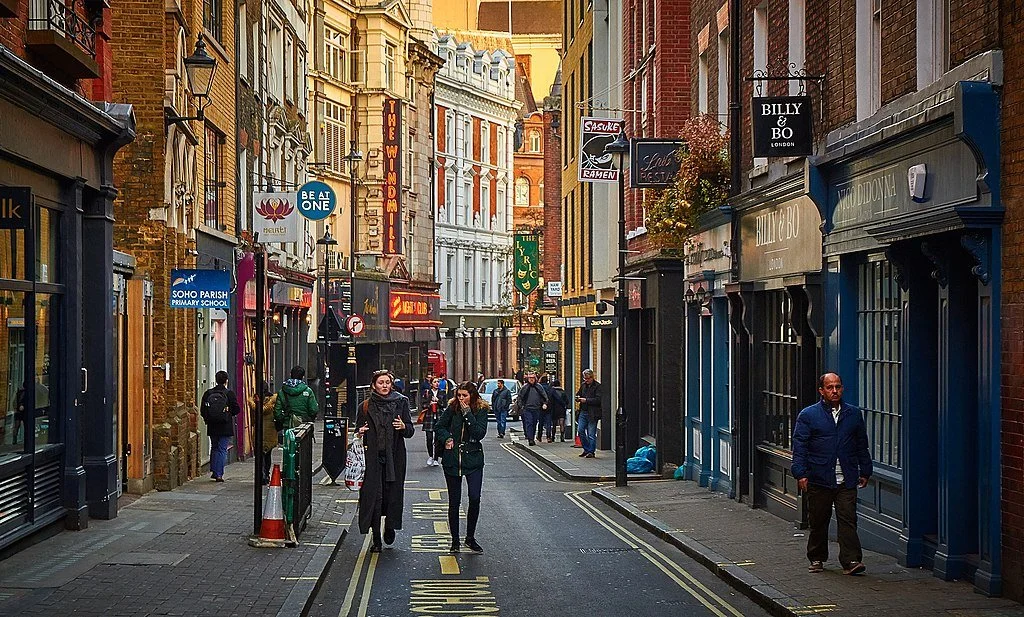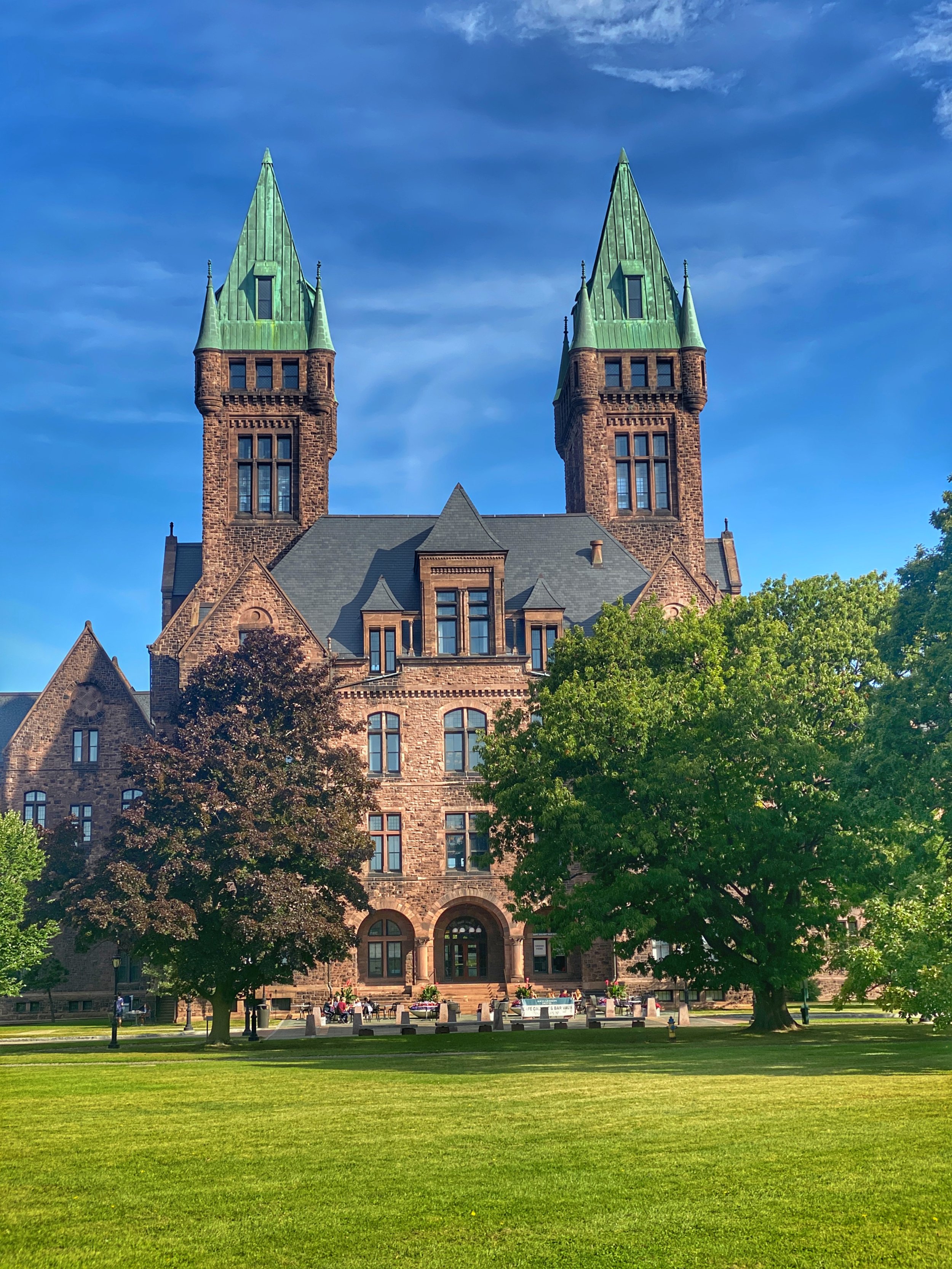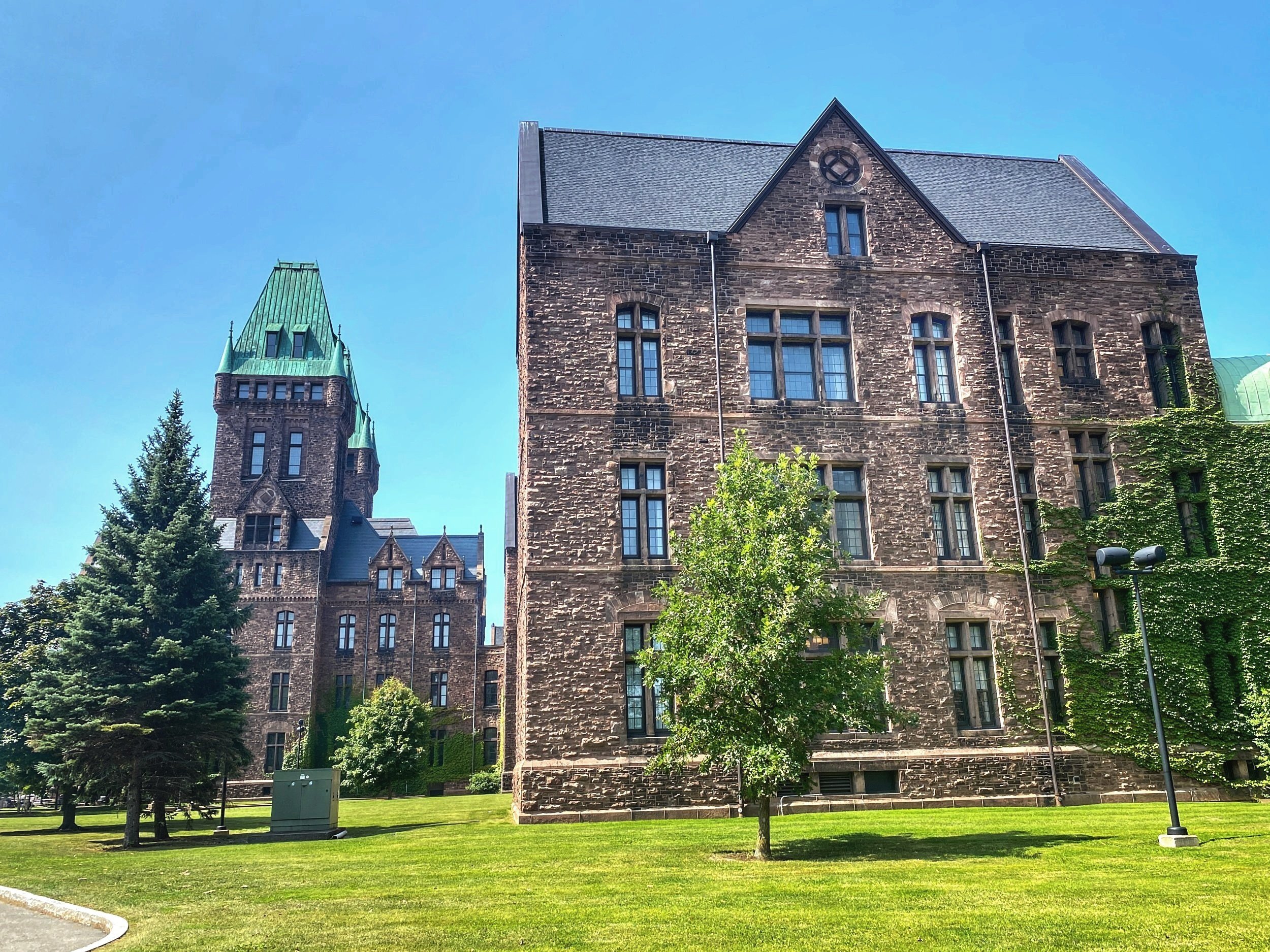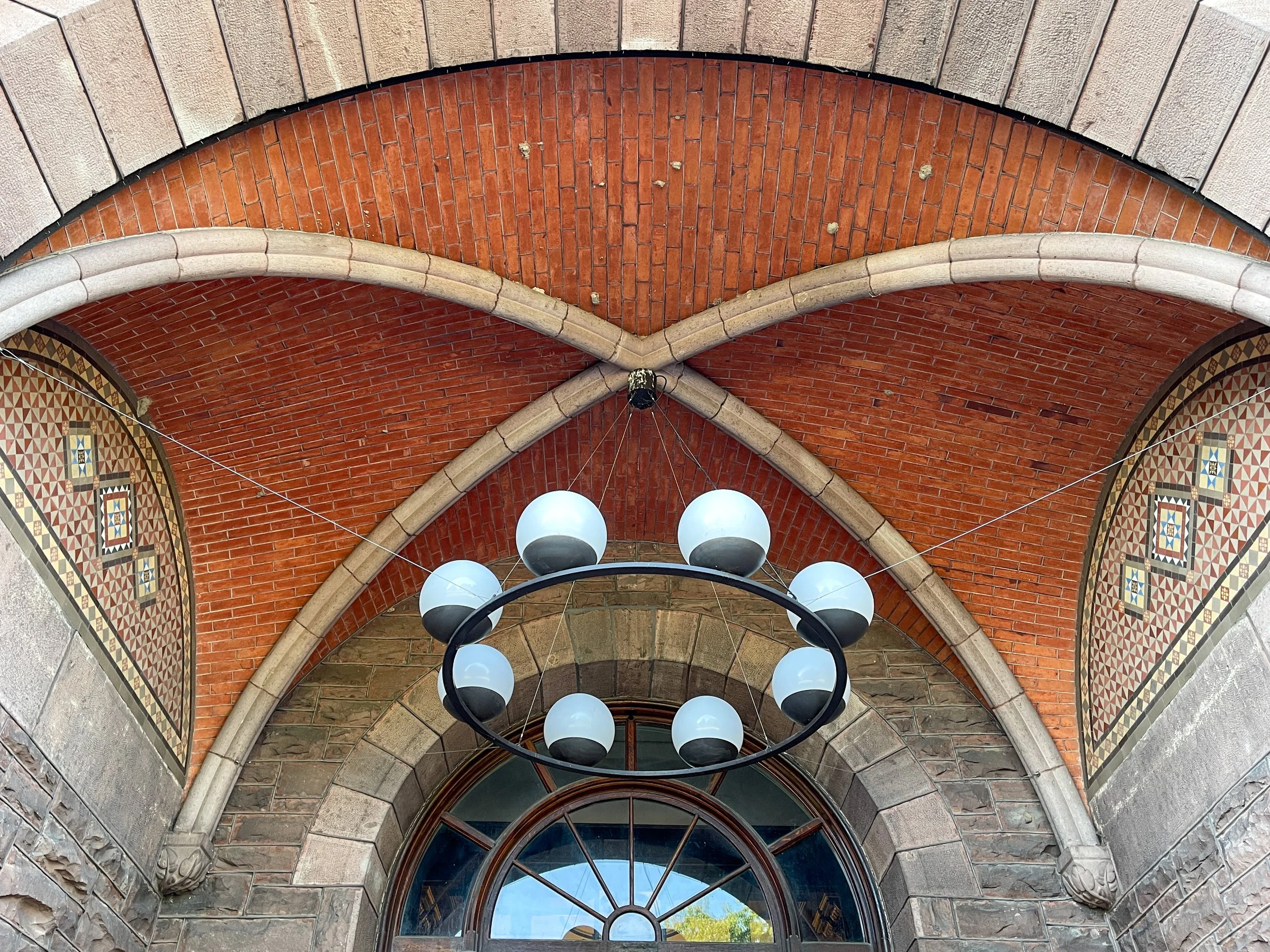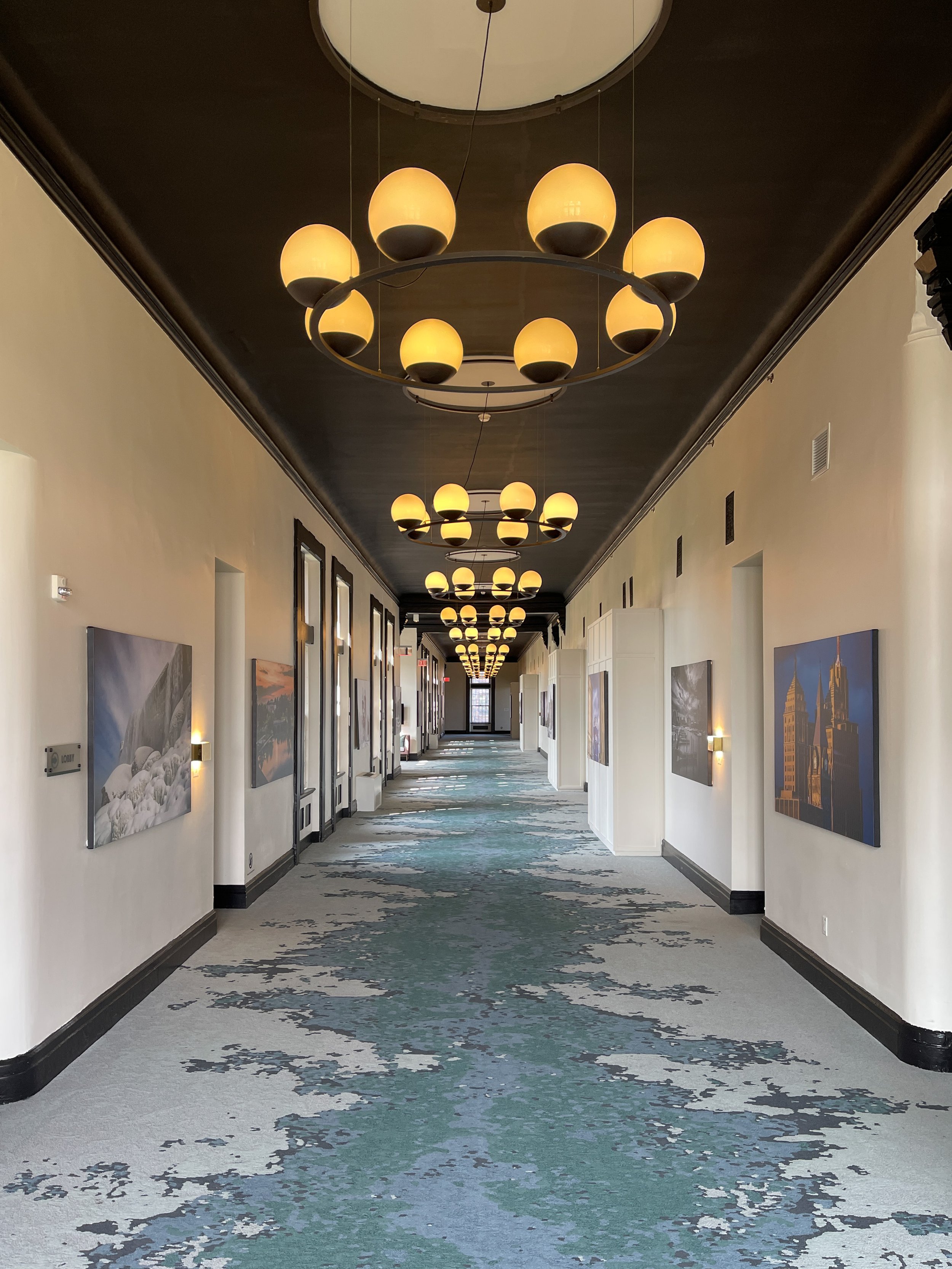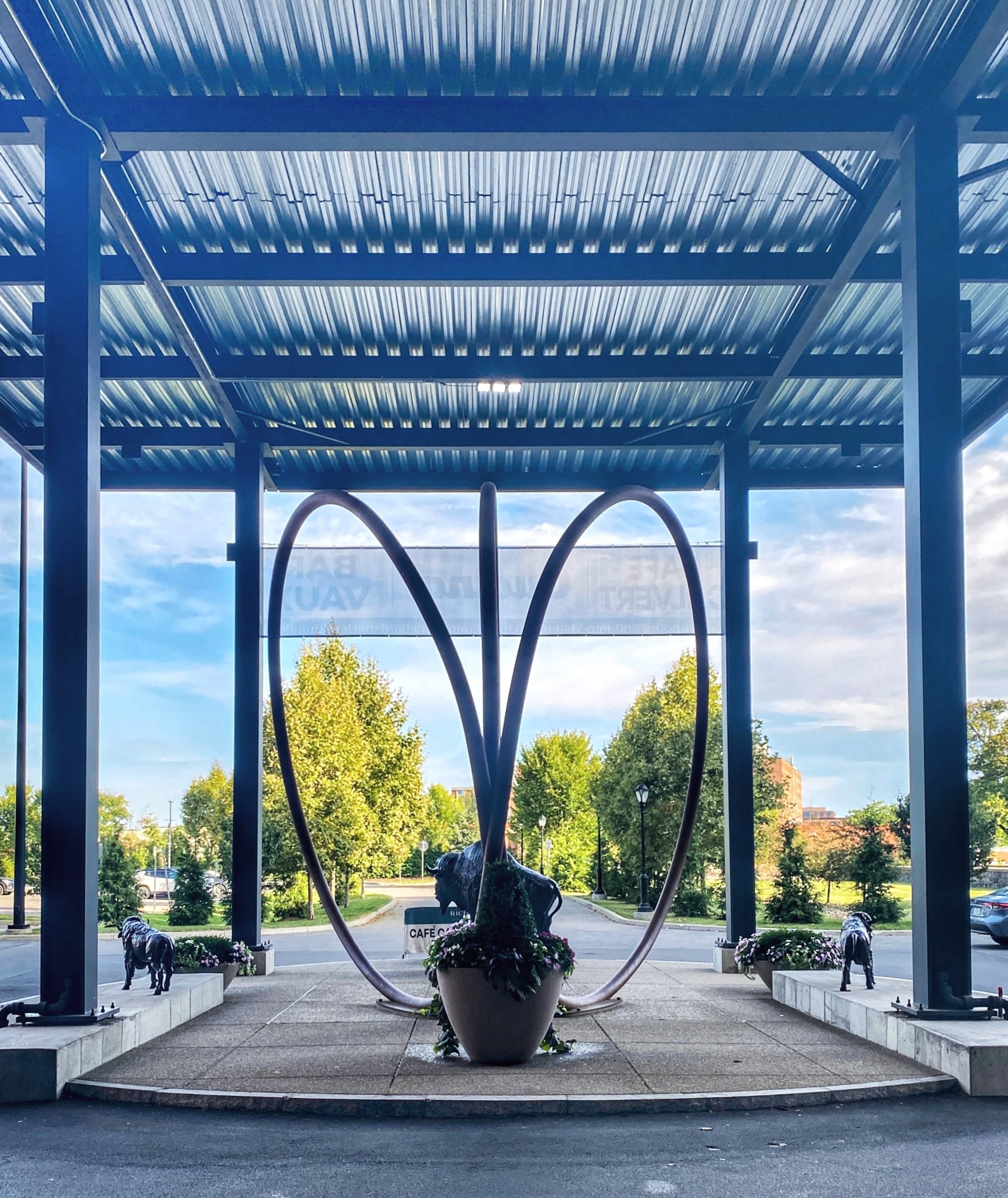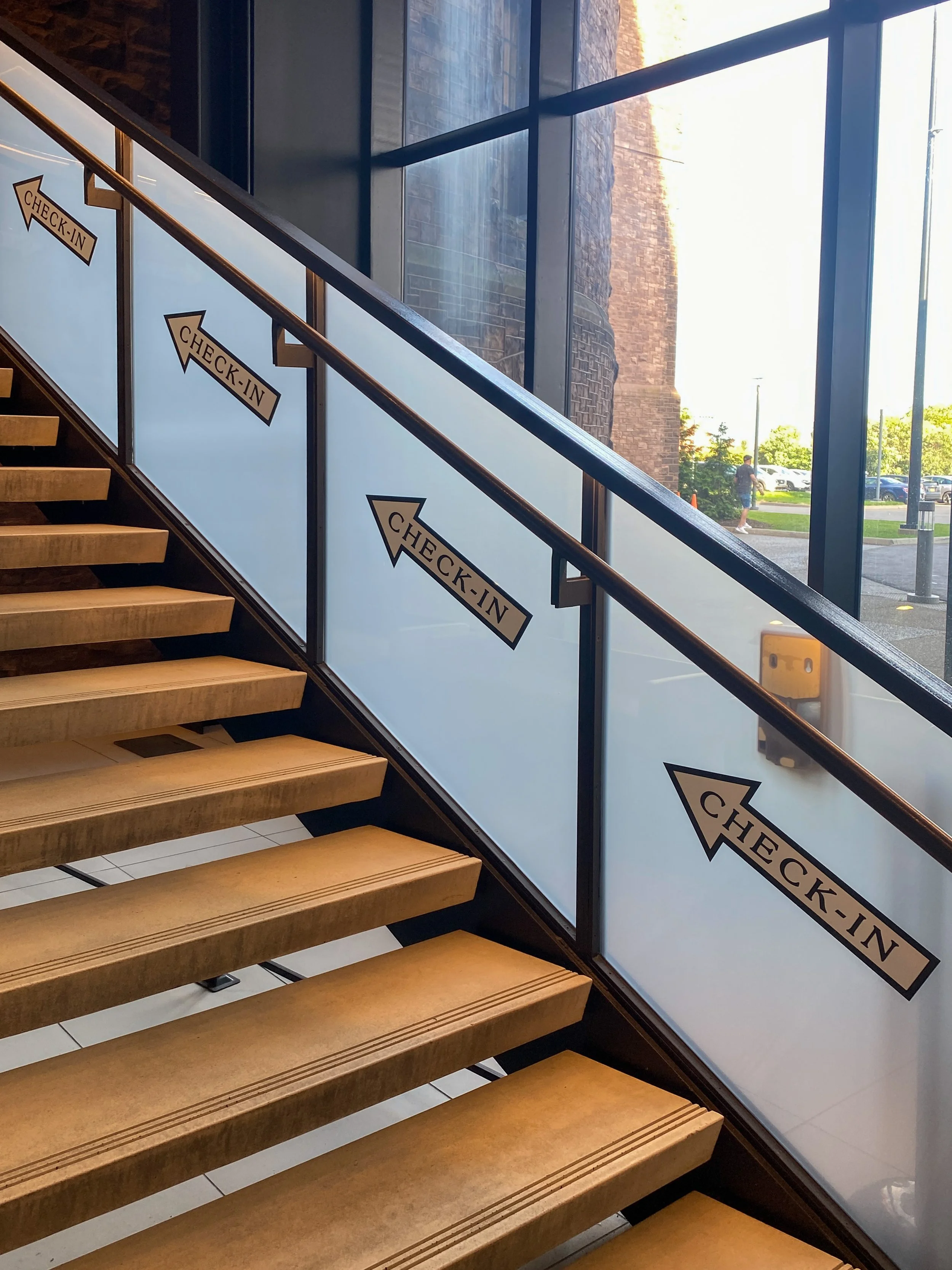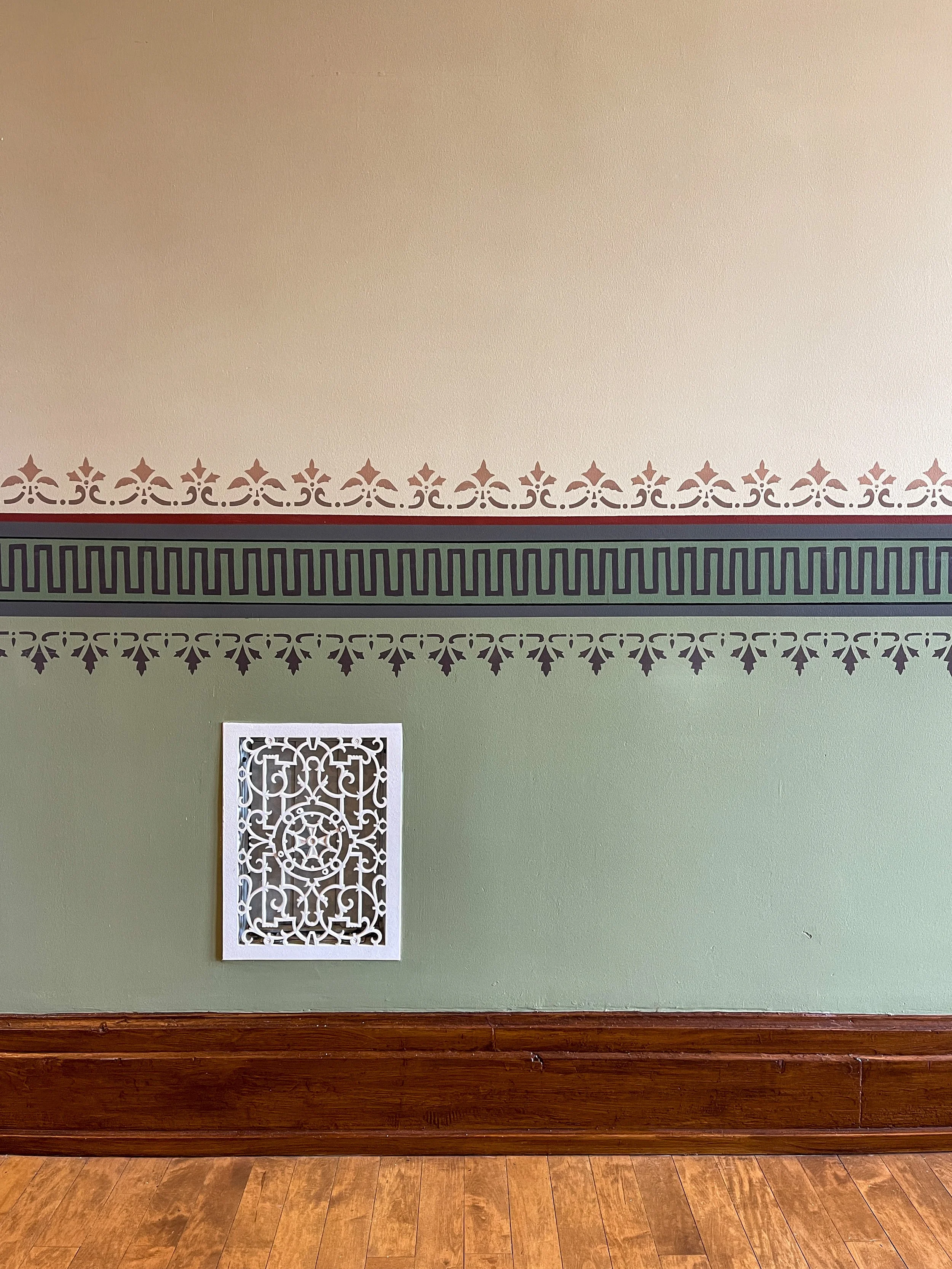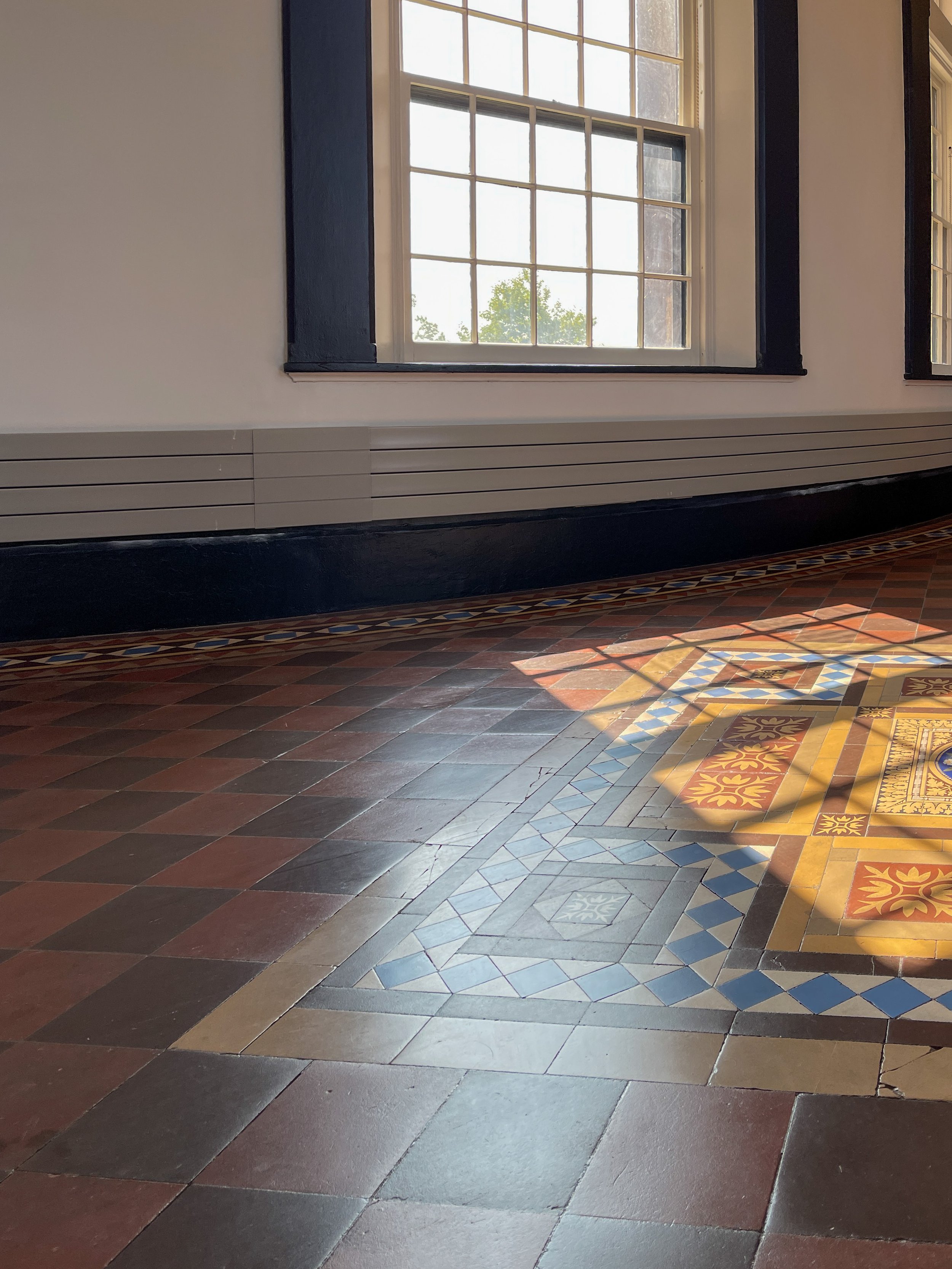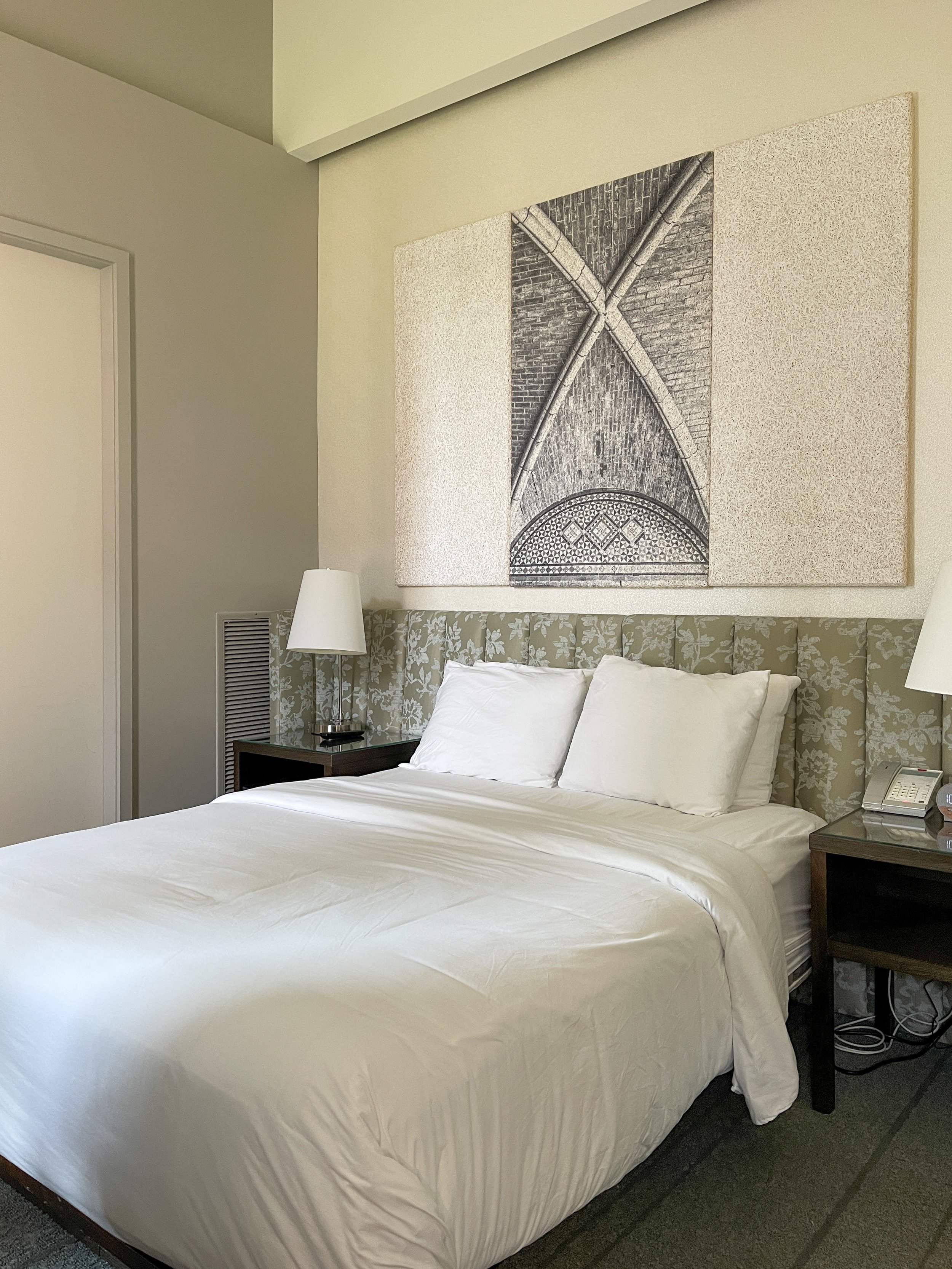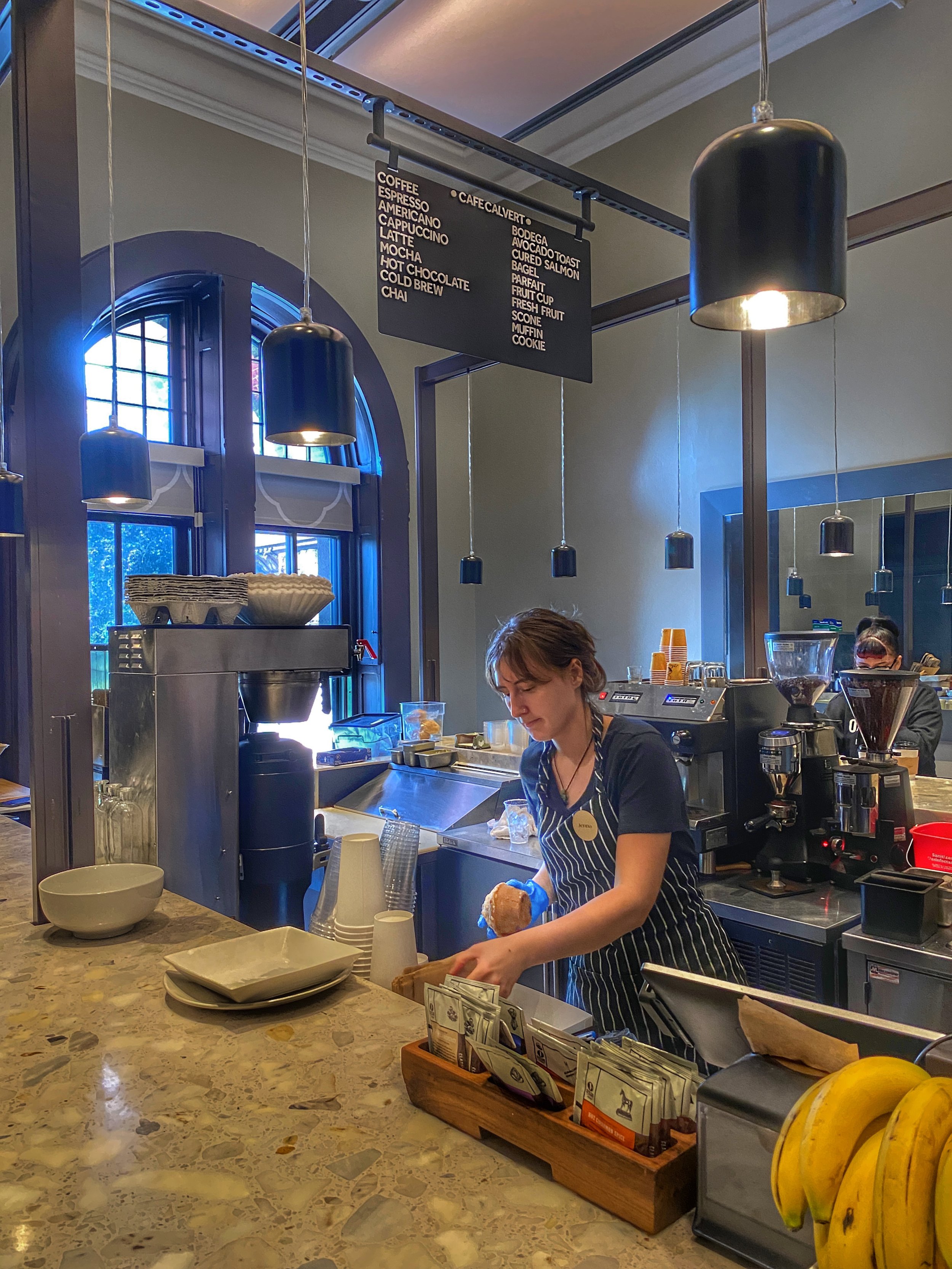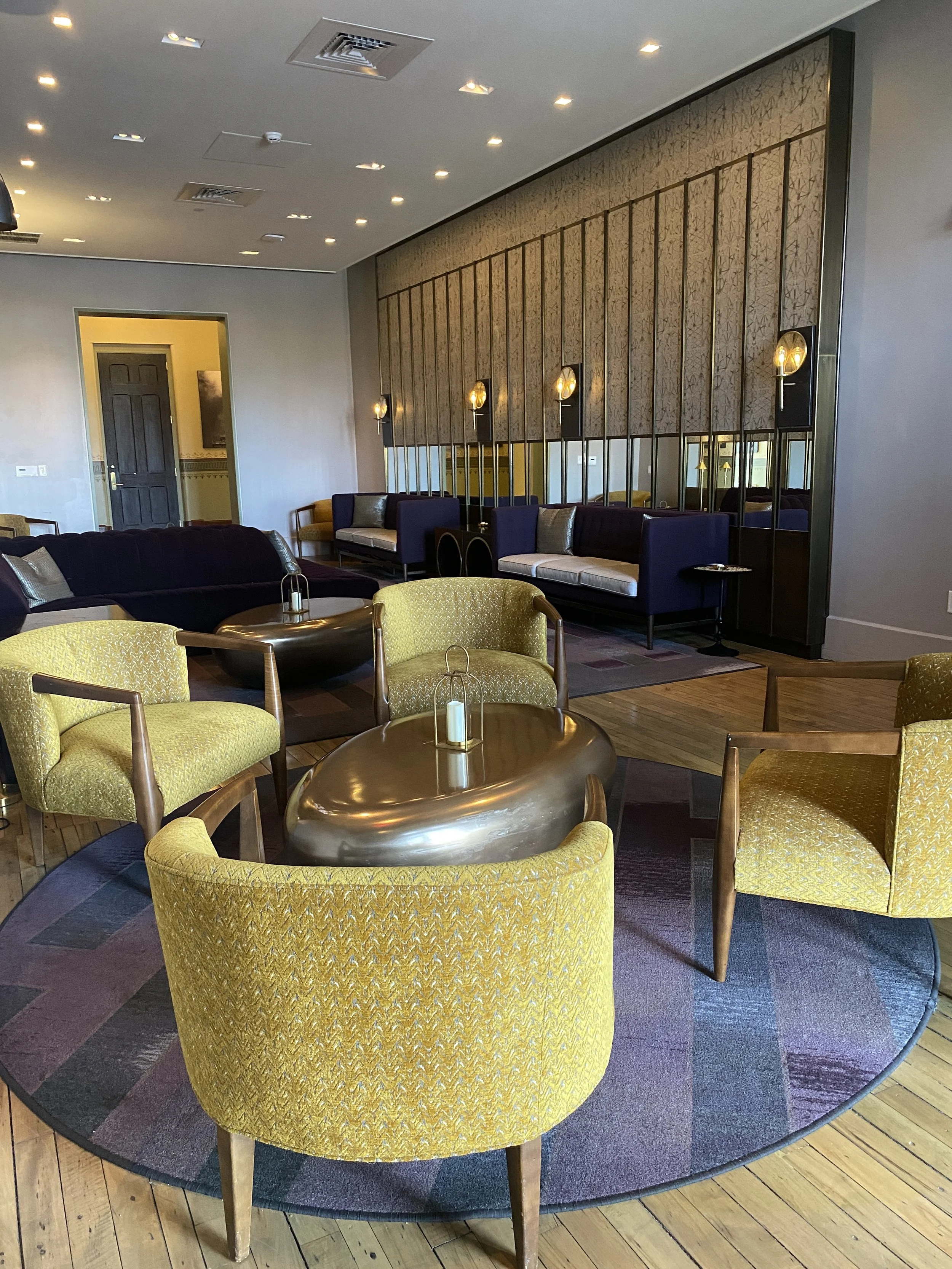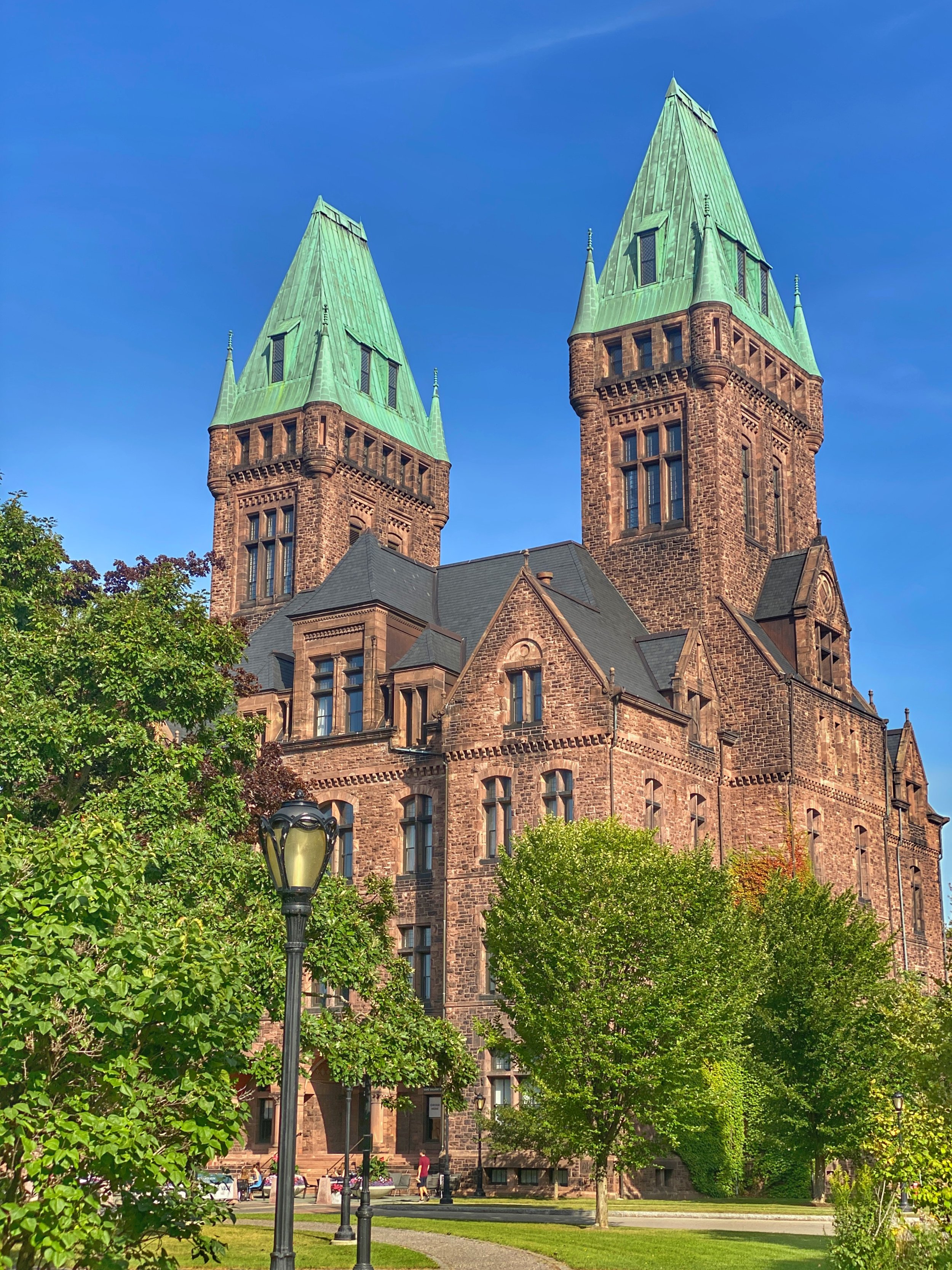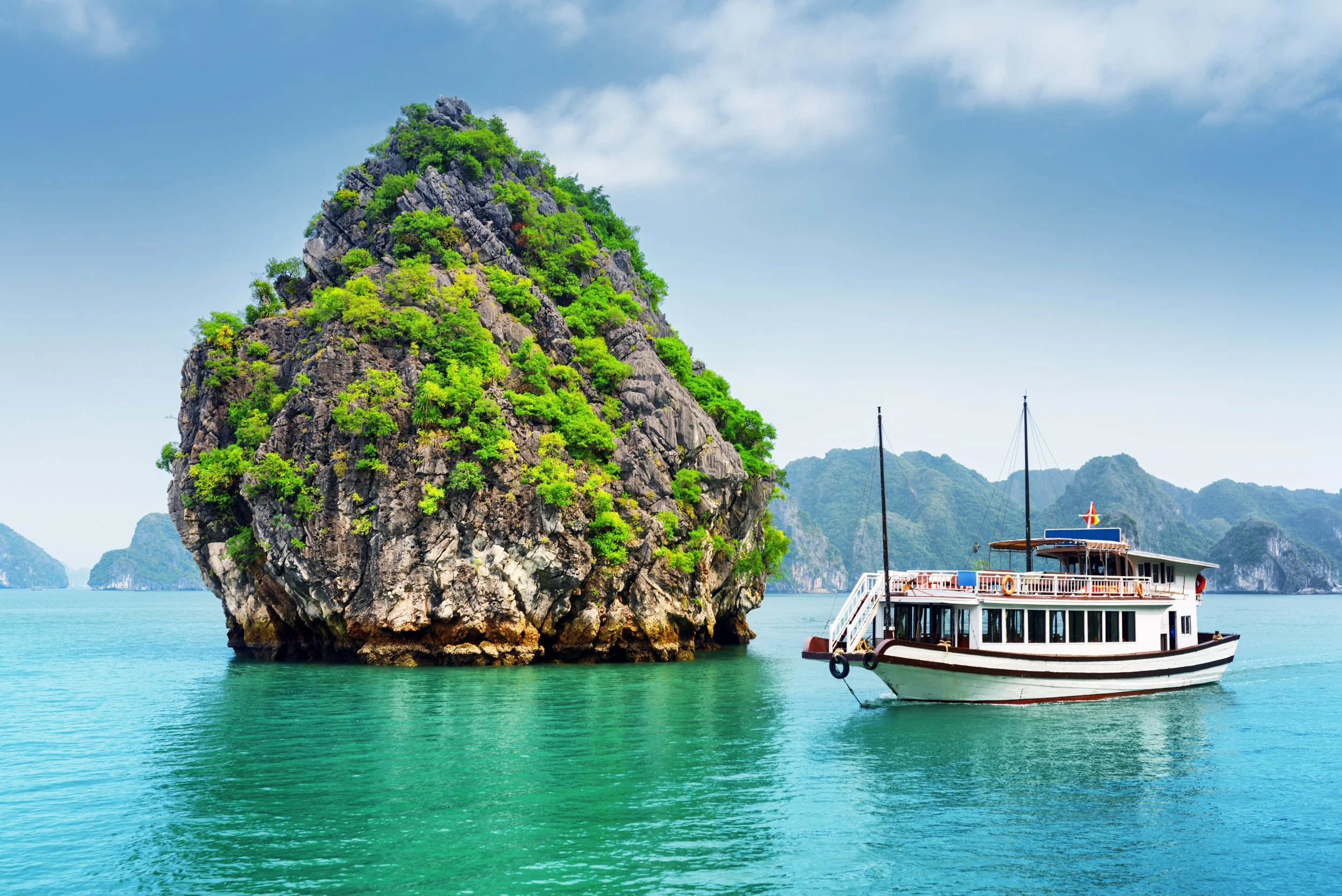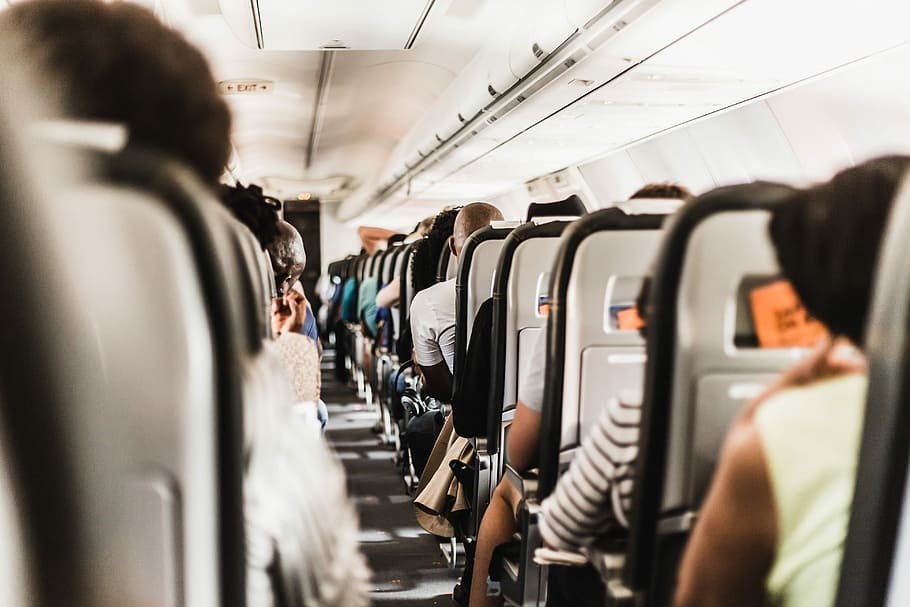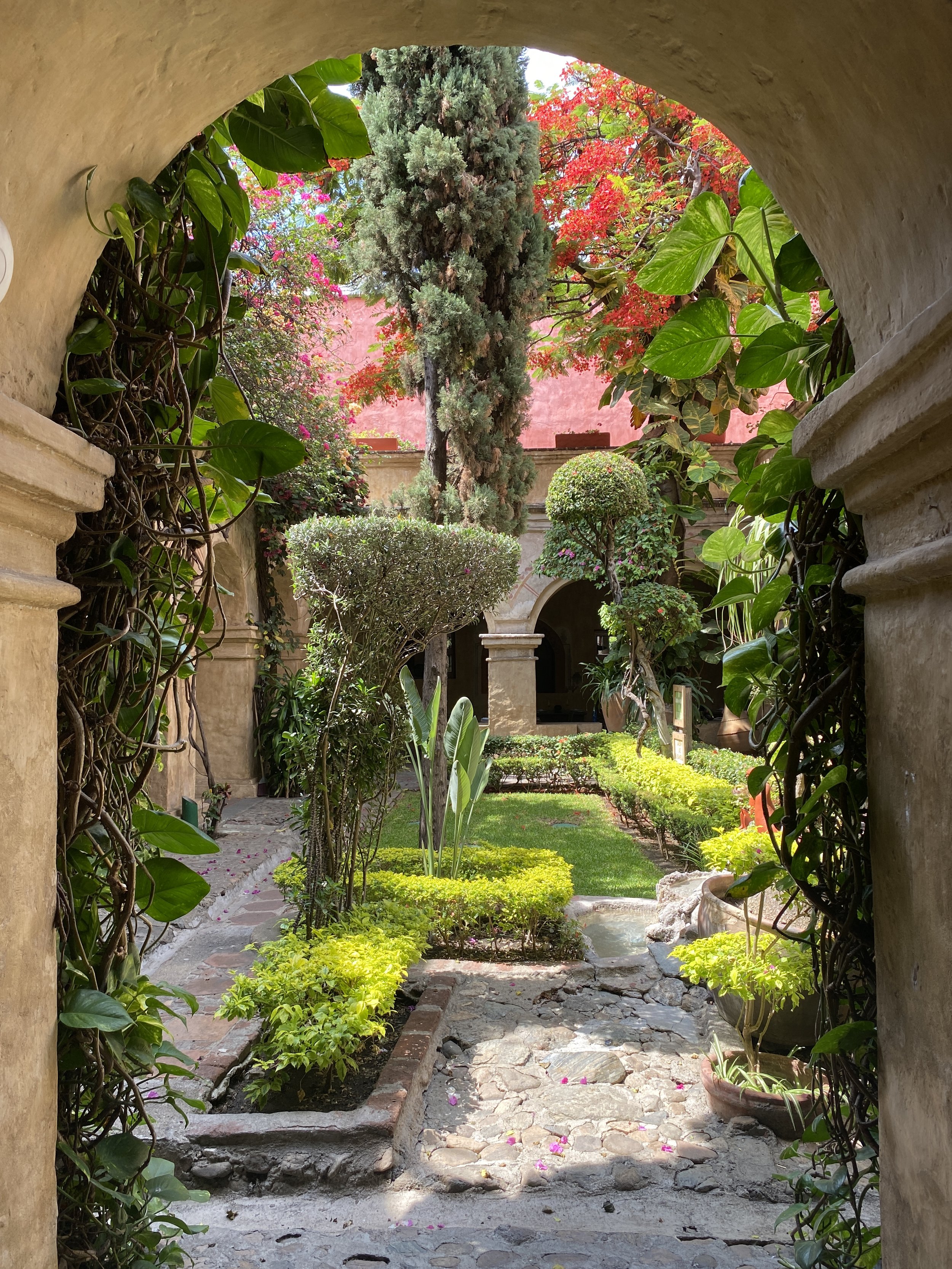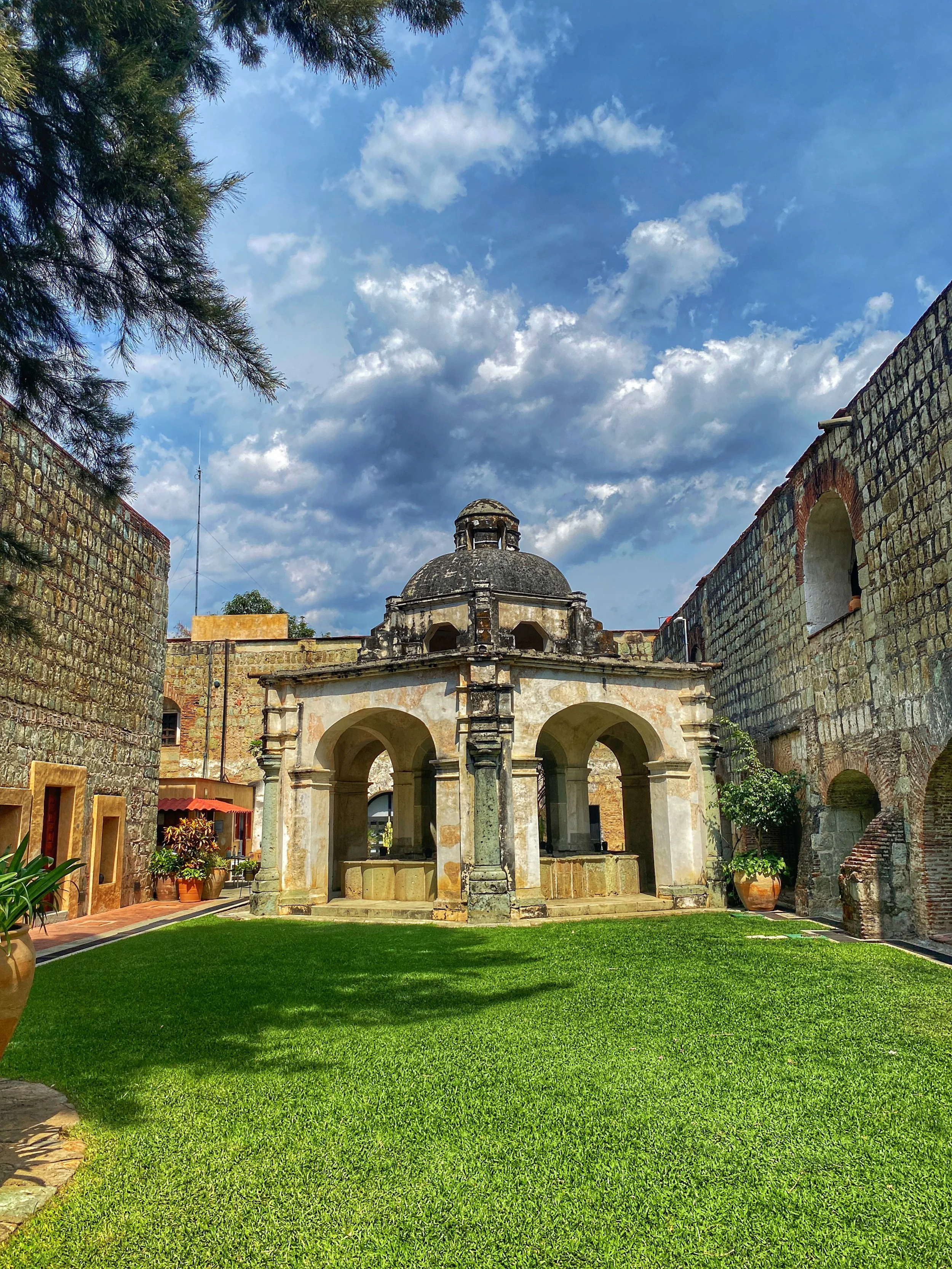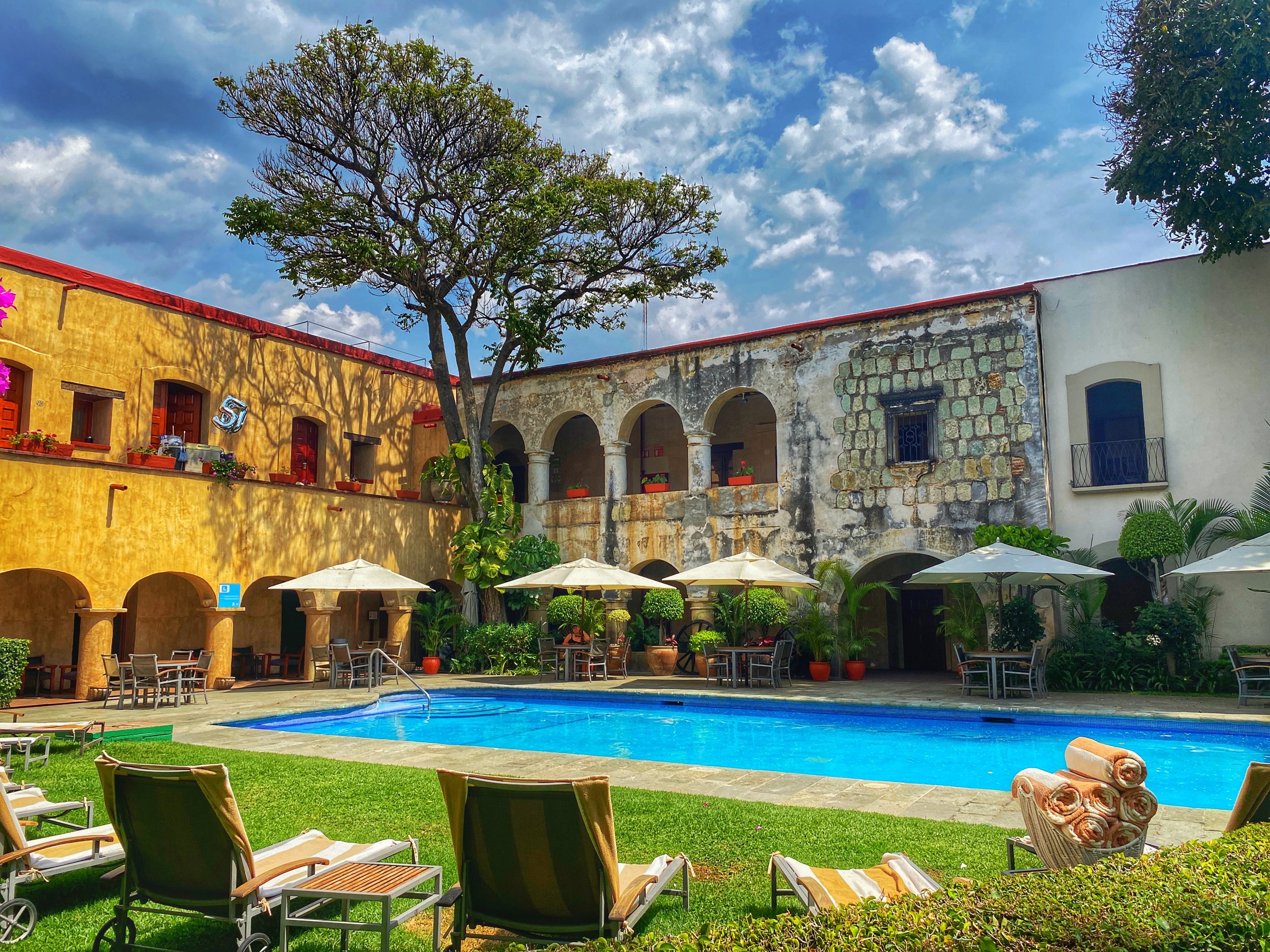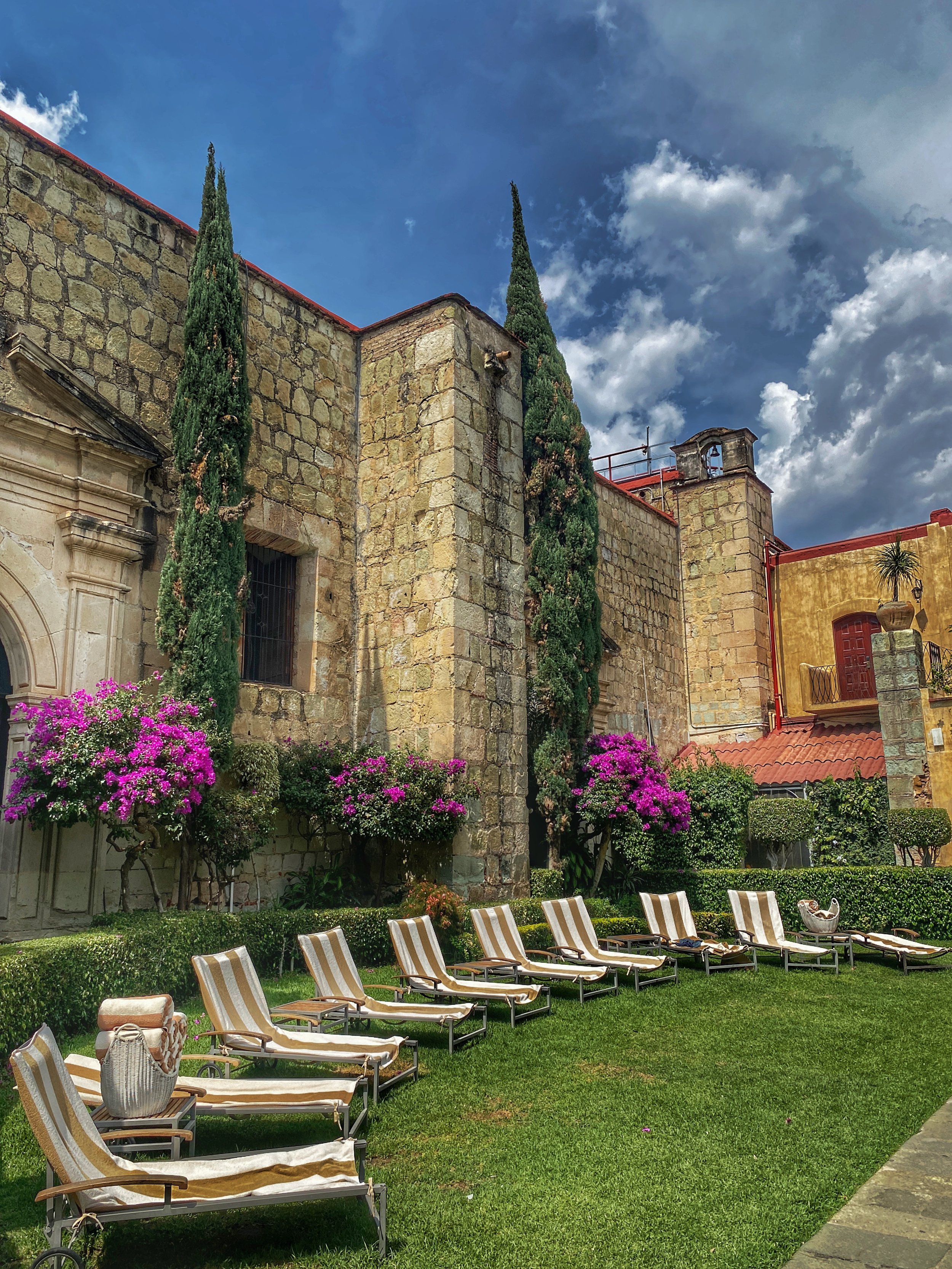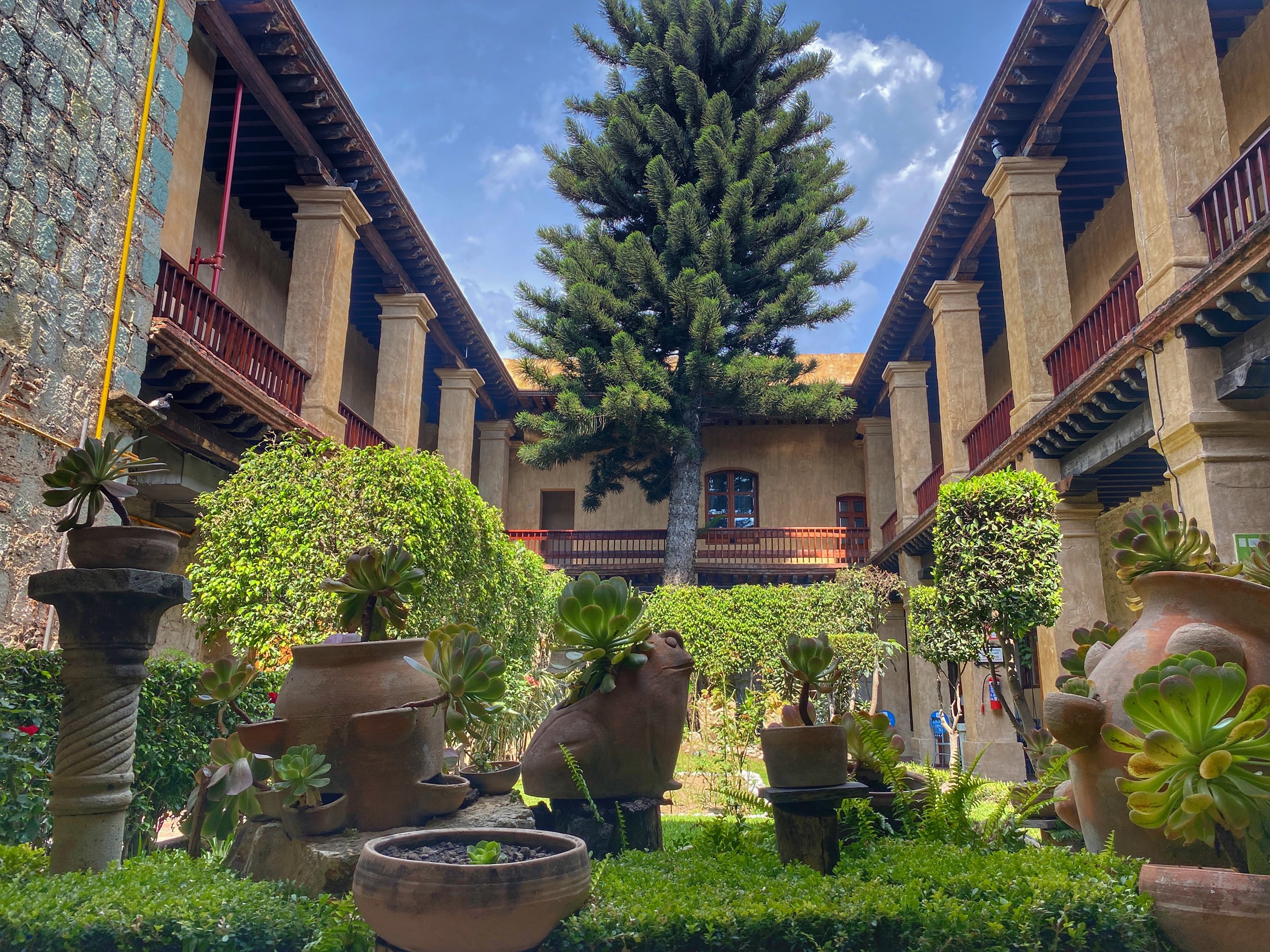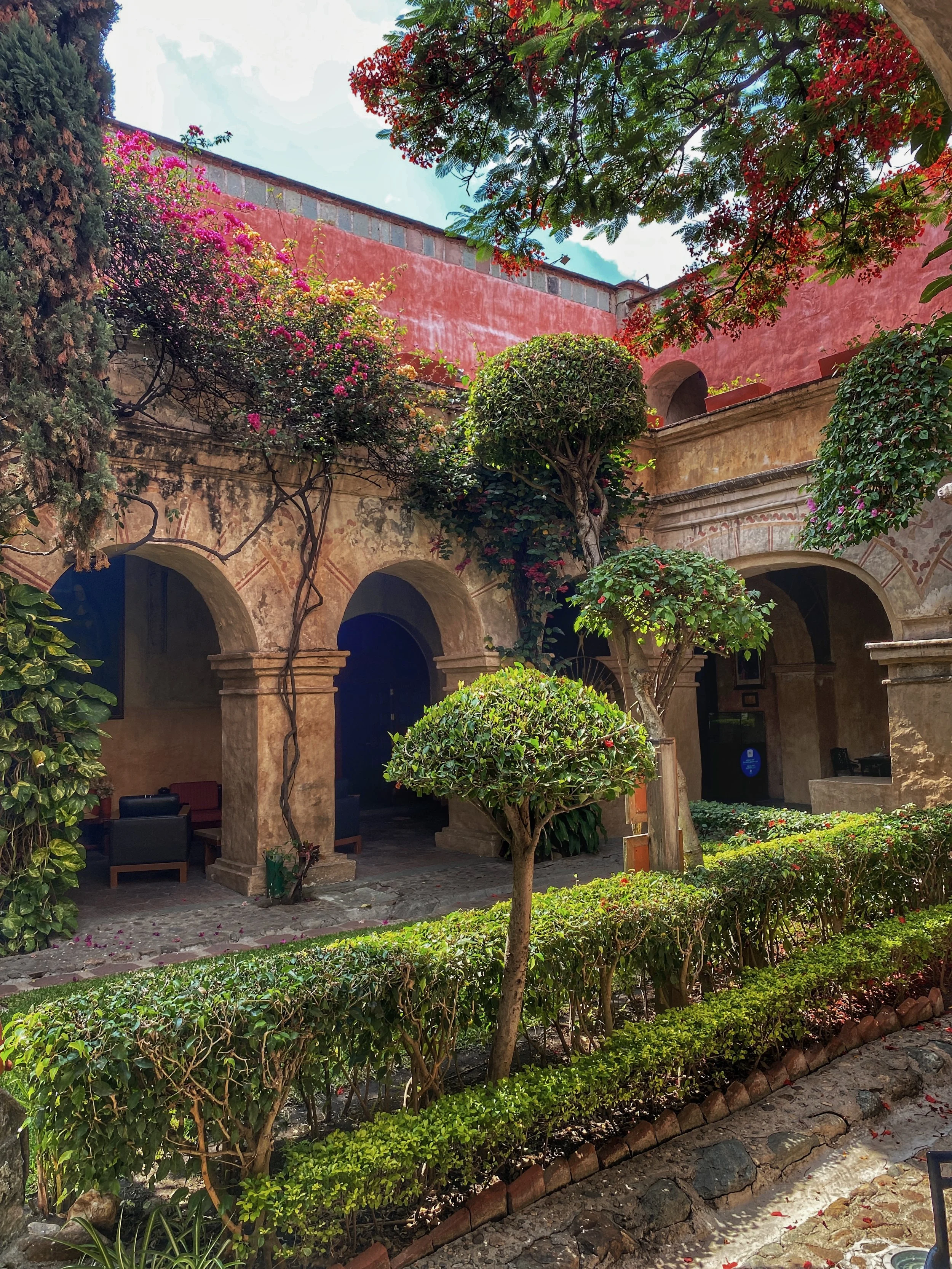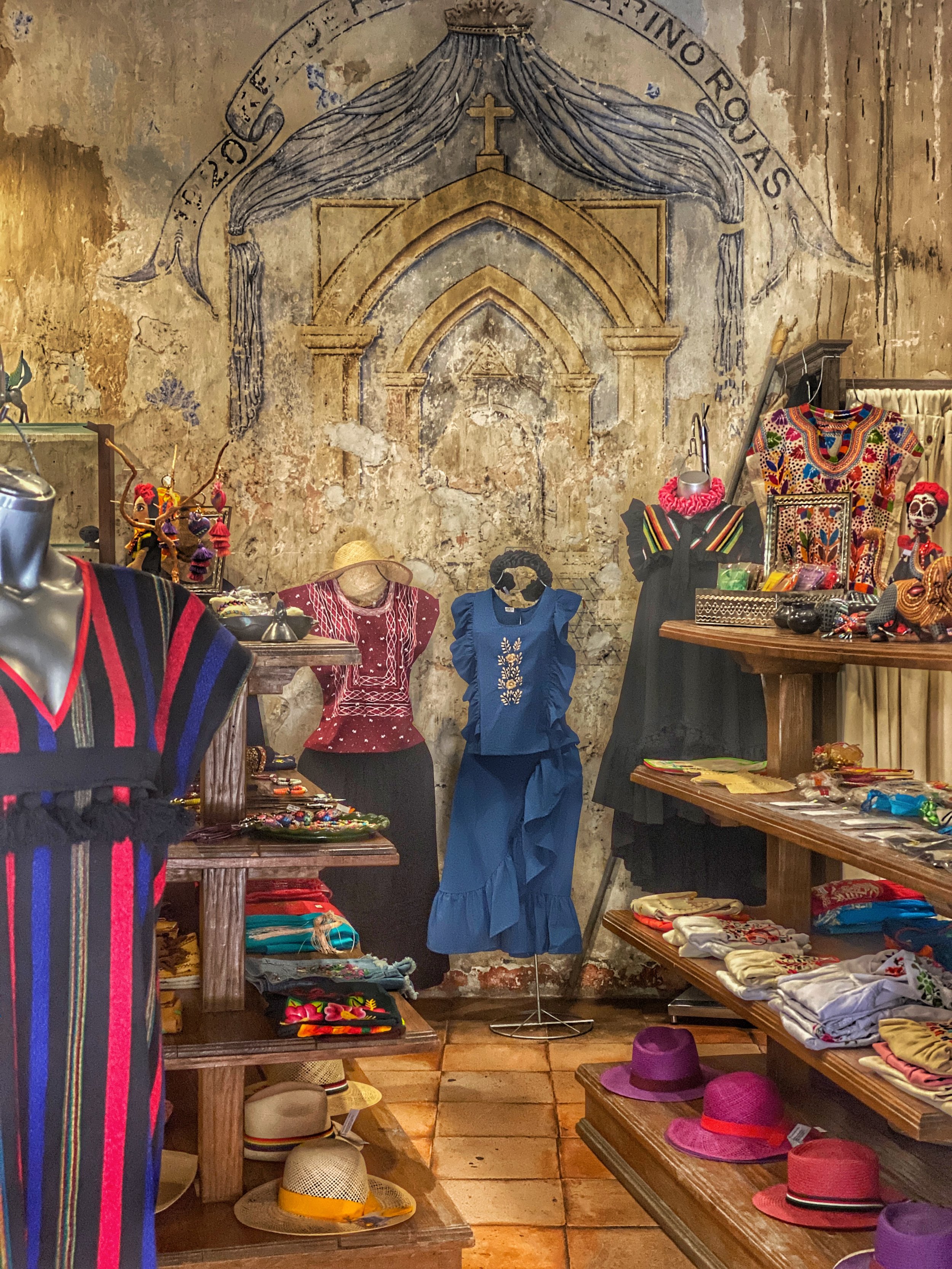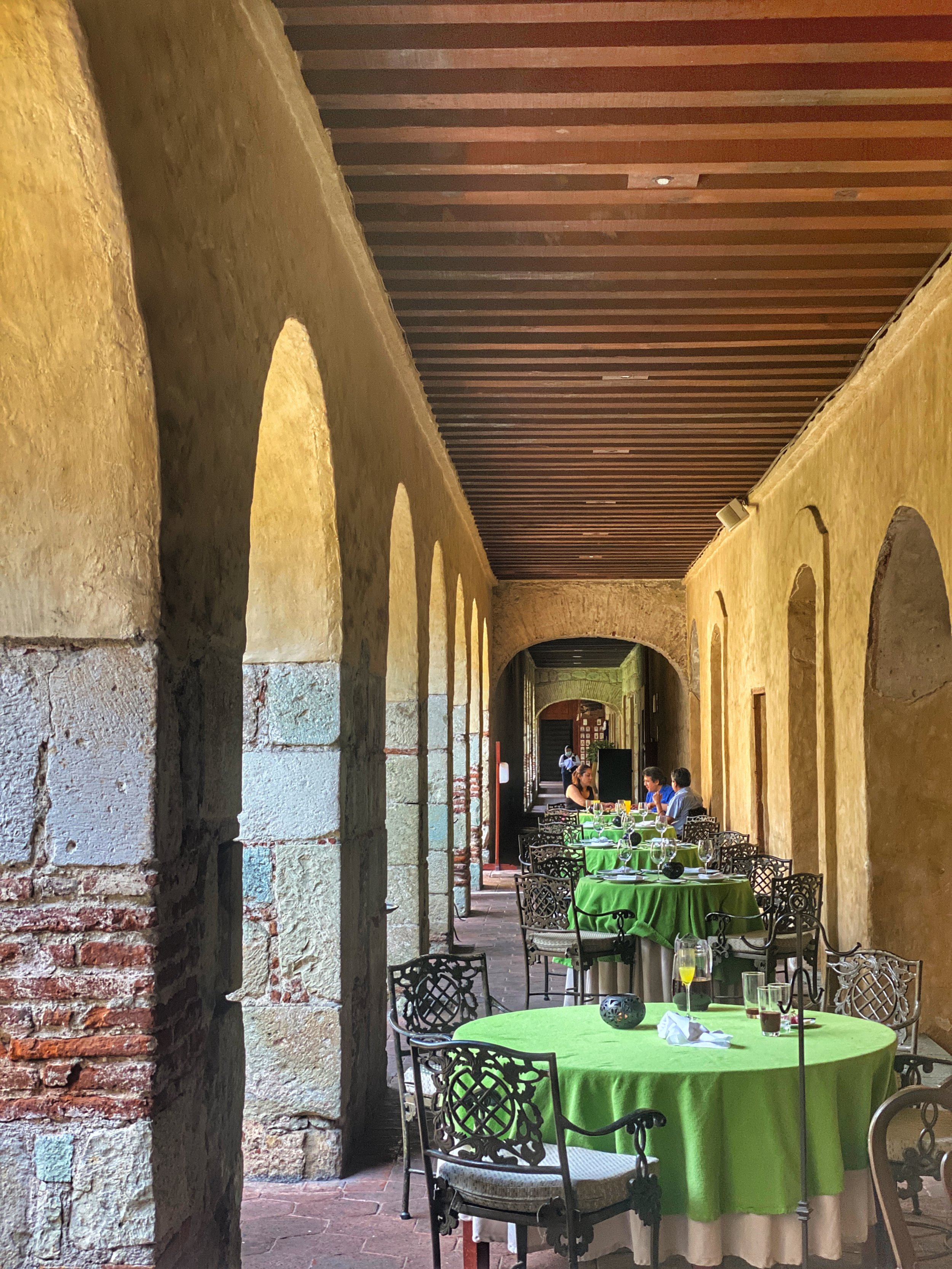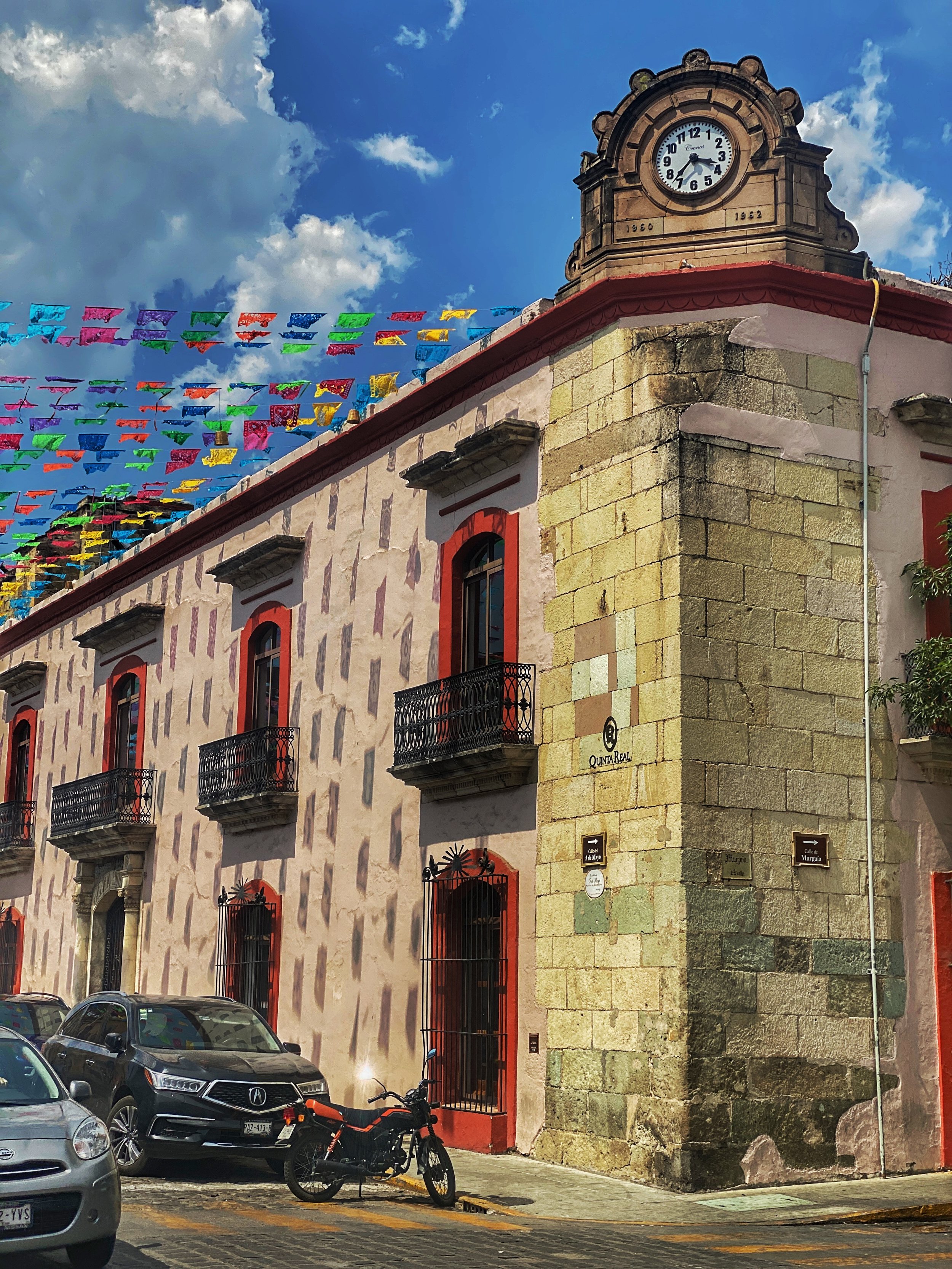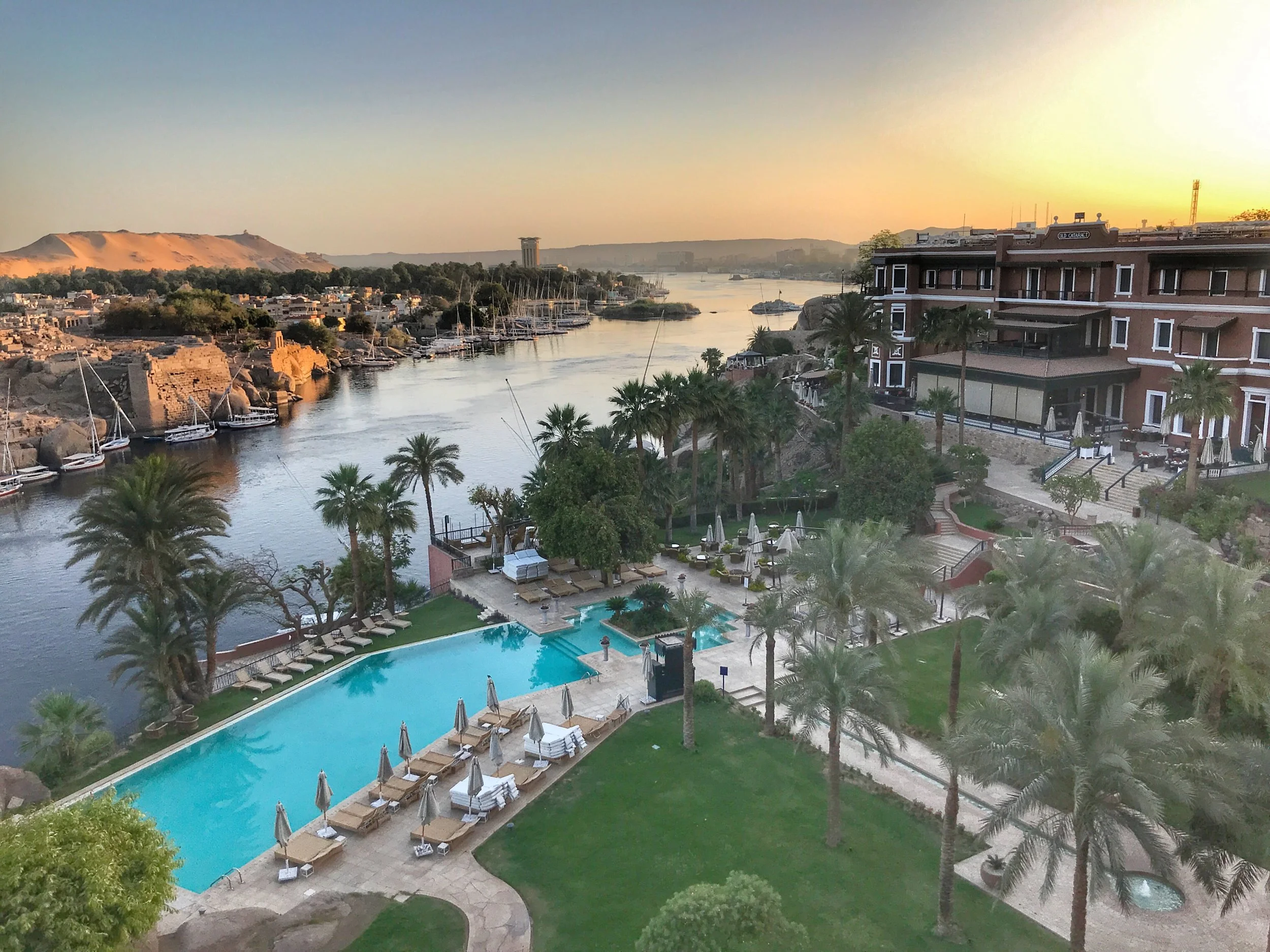Want to spend a few nights in a converted 17th century convent in Lisbon? Look no further than the apartment-like rooms of Locke de Santa Joana.
For me, one of the best parts of planning any trip lies in finding the perfect home base — a place within walking distance of the sights we want to see, yet far enough removed to kick back and unwind at the end of a day spent exploring.
After narrowing down our options for Lisbon, Portugal, Locke de Santa Joana was a no-brainer. The property’s about a 15-minute cab ride from Lisbon Airport, located near Marquês de Pombal Square and Avenida da Liberdade — Lisbon’s grand, tree-lined boulevard modeled after Paris’ Champs-Élysées. It’s also within walking distance of the barrios históricos (historic neighborhoods) of Baixa, Chiado and Bairro Alto, home to many landmarks, shops and cafés.
“Thanks to strict preservation laws, a large percentage of the original convent’s architecture remains untouched, including arches, columns and the azulejo tiles that can be seen throughout the hotel’s hallways.”
I was smitten from the moment Wally and I stepped into the lobby and passed Castro’s, the hotel’s in-house café. We were surrounded by a captivating mix of old and new: handpainted azulejo tiles unearthed during excavation, plush low-slung seating in rich hues of ochre, umber and cornflower blue, and clusters of tropical plants spilling from oversized terracotta pots, giving the space a laidback, residential warmth.
A Brief History of Locke de Santa Joana
The hotel occupies four distinct buildings — Arte, Beato, Convento and D. Álvaro — naming conventions that pay homage to its heritage, notable historical figures and the original purpose of the structures.
Inside, you’ll find preserved artifacts from the former Convento de Santa Joana de Lisboa (Convent of Saint Joana), dedicated to Joana of Portugal, the princess and daughter of King Afonso V and Queen Isabella of Coimbra, who later took her vows as a Dominican nun and was beatified for her devotion.
The convent’s story begins in 1699, when the first buildings were established by the Dominicans of the Order of Preachers. For centuries, the complex housed nuns who lived largely in seclusion through prayer, work and self-sufficiency.
Its buildings were heavily damaged during the catastrophic earthquake that struck Lisbon on All Saints’ Day in 1755 but were later repaired. Over a century later, the convent was officially decommissioned following the death of its last nun, and the property passed to the state. Over the ensuing decades, the buildings fell into disrepair and were repurposed for various uses. The last known occupant before the site's transformation into Locke de Santa Joana was a modest office used by the police department’s traffic division.
Looking back, I realize that we’ve stayed in more than a few places formerly dedicated to monastic life.
Casa Antonieta in Oaxaca, Mexico was originally part of the Convent of San Pablo before becoming a private residence and, eventually, a boutique hotel. While in Córdoba, Spain’s serene Judería, Los Patios de Pañuelos occupies what was once a bishop’s manor. There’s something undeniably special about staying in a place that has a story to tell.
The 370-room property is spread across four interconnected buildings, or blocks, with several offering views of the central courtyard terrace that houses the pool, outdoor bar and Santa Marta restaurant, located on Rua de Santa Marta, the street that provides an additional entrance to Locke de Santa Joana. The restaurant is open daily from 12 p.m. to 10 p.m., and serves Mediterranean fare, as well as wood-fired pizzas for when you’re craving something beyond traditional Portuguese cuisine.
Fun fact: In Christian tradition, Santa Marta (Saint Martha of Bethany), sister of Lazarus and Mary, is the patron saint of hospitality, cooks, servants and innkeepers — basically the ultimate foodie and hostess. Makes you think the restaurant might have her blessing, don’t you?
The Rooms of Locke de Santa Joana
Architecture studio Saraiva+Ássociados designed the modern Beato wing, fittingly named after Santo António (Saint Anthony), the patron saint of Lisbon, who, according to legend, began the construction of the Convento do Beato (Convent of the Blessed) with just seven tostões, a small denomination of currency, given as alms.
Inside, Lázaro Rosa-Violàn oversaw the design of the hotel’s communal spaces, which gracefully honor its monastic past while embracing its new purpose as a luxury hotel. The guest rooms reflect the refined, modern sensibility of Brooklyn-based Post Company, blending comfort and contemporary style in every detail.
Thanks to strict preservation laws, a large percentage of the original architecture remained untouched, including arches, stone columns, and the aforementioned centuries-old azulejos that can be seen throughout the hotel’s winding white hallways.
Full disclosure: We found ourselves lost several times due to inner staircases that required a key card to pass through and elevators that served only specific floors. And we weren’t alone; we passed quite a few fellow guests shaking their heads, unable to figure out how to get where they wanted to go.
We stayed in a Locke Studio in the Beato block for five nights, a space that perfectly balanced thoughtful design with understated comfort. The bathroom, tiled in dusty rose, featured a walk-in rainfall shower, thick cotton towels and toiletries by Kinsey Apothecary.
The queen-size bed was soft and inviting, and above it hung a framed textile by Peruvian artist Ana Teresa Barboza. Woven from dyed cotton and wool fibers, the piece reflected the colors of Lisbon and incorporated fragments of a geological map of Portugal, to create a layered, tactile homage to the city’s history.
A curved wooden frame with subtly rippled glass separates the sleeping area from a well-equipped kitchenette, complete with a Nespresso coffee machine, washer/dryer, mini-fridge, dishwasher, sink, oven and two-burner induction cooktop.
The kitchenette is a nice touch — we enjoyed being able to have leftovers for dinner one evening.
There’s also a sofa that’s perfect for lounging and a small dining table and chair where you can linger over your morning coffee.
At one point, Wally peered down from our room’s large windows, saw a couple of young women lounging with books by the pool, and remarked that the scene gave him serious White Lotus vibes.
Heads up — this isn’t your typical hotel. Housekeeping is limited to weekly service, or midway through longer stays, though extra cleanings can be arranged upon request. The upside? You get your own beautifully designed space to actually live in, not just stay in.
Food and Drink Options at Locke de Santa Joana
Breakfast is served daily from 7 a.m. to 10:30 a.m. at Santa Joana, the hotel’s namesake restaurant, located inside the centrally situated Arte building, which features the restored façade of the former 17th century convent. Like other guests, we entered through the courtyard and checked in with the host before going inside.
The restaurant’s interior is a feast for the eyes, blending preserved architectural elements with contemporary design. Its grand dining room features soaring ceilings, pink marble tables, and a focal wall adorned with modern tribal masks reduced to geometric shapes in blush, brick and aubergine tones by Lisbon-based Grau° Cerâmica. Like the lobby, the room is filled with greenery, offering privacy between the tables and upholstered banquettes.
The indulgent buffet covers table after table, offering a variety of thinly sliced cured meats, including presunto, the Portuguese take on prosciutto, along with smoked salmon, local cheeses, fruit, yogurt and freshly squeezed juices, as well as a selection of freshly baked breads and pastries, including the legendary pasteis de nata. There are also self-serve hot options such as scrambled eggs, sausage, bacon and roasted potatoes.
Castro’s was our first stop before heading out each morning and offered a variety of pastries, sandwiches, cookies and of course coffee. I regret not purchasing a pistachio cookie but somehow found the willpower to restrain myself.
We ended one evening at Kissaten (which Wally of course called Kiss & Tell), the hotel’s late-night Japanese jazz kissa — a listening bar where the soundtrack drifted from jazz to blues, rock, soul and singer-songwriter classics. The menu boasts Lisbon’s largest whiskey collection, curated by Glasgow-born expert Dave Broom.
We loved the vibe of the dimly lit lounge and cozied up to the bar. I snapped a photo of the menu and sent it to my dad — he’s a bit of a connoisseur — who suggested Compass Box, but I ended up ordering the Spicy Mezcalita, a bright, smoky mix of mezcal, yuzu, lime and jalapeño. Wally went for the Plum, a smooth, refreshing blend of Japanese whisky, plum, sake and soda water. We probably would’ve ordered a second round if we hadn’t been getting up early the next morning for a tour of Castelo de São Jorge.
Service and Amenitites
From the moment we arrived, the genuine warmth and hospitality of the staff made a lasting impression. Everyone we met was friendly, attentive and went above and beyond to ensure our stay was as comfortable as possible.
I overheard a man (one half of a couple who was checking out on the day we arrived) say to the concierge, “We didn’t get to enjoy the pool.” When the concierge asked why, he deadpanned, “Because we’re British.”
I’d packed our swimsuits knowing there was a pool, but, alas, like the British pair, the most we managed was to relax poolside on sun loungers with a cocktail one late afternoon.
While Santa Joana is right in the thick of it, step inside, and suddenly, you’re in an unexpected oasis that feels about as far from the city chaos as you can get.
So, if you’re looking for a chic Lisbon base beyond the traditional hotel format, Locke de Santa Joana is just the place. –Duke
Locke de Santa Joana
Rua Camilo Castelo Branco, 18
1150-084 Lisbon
Portugal

